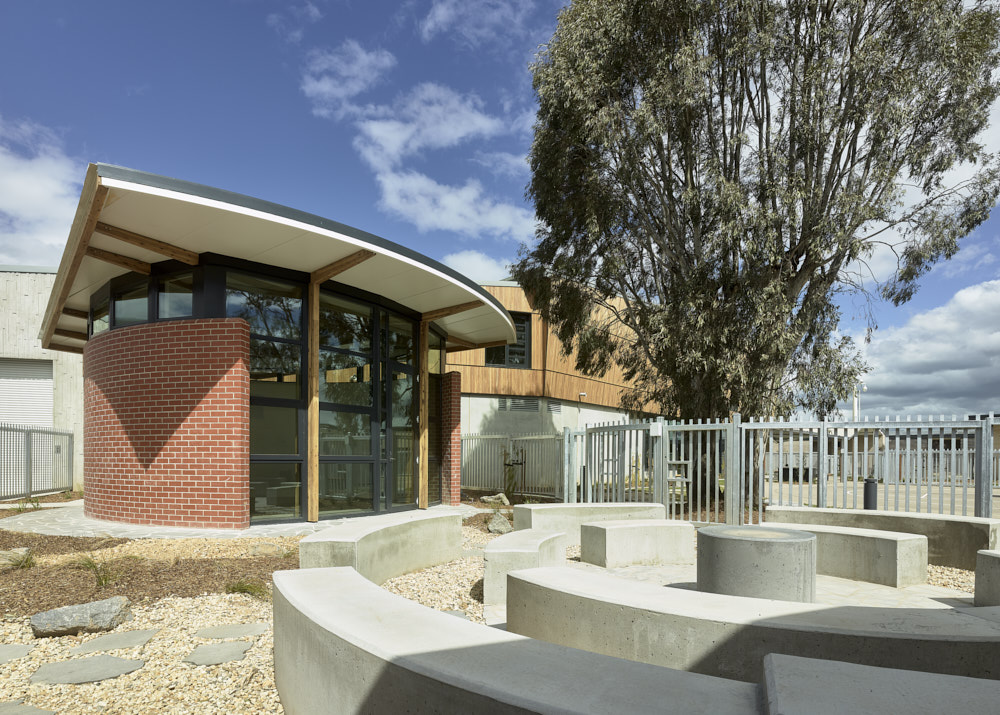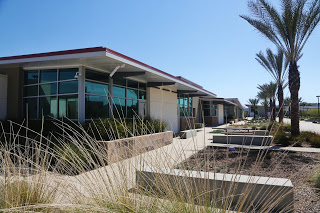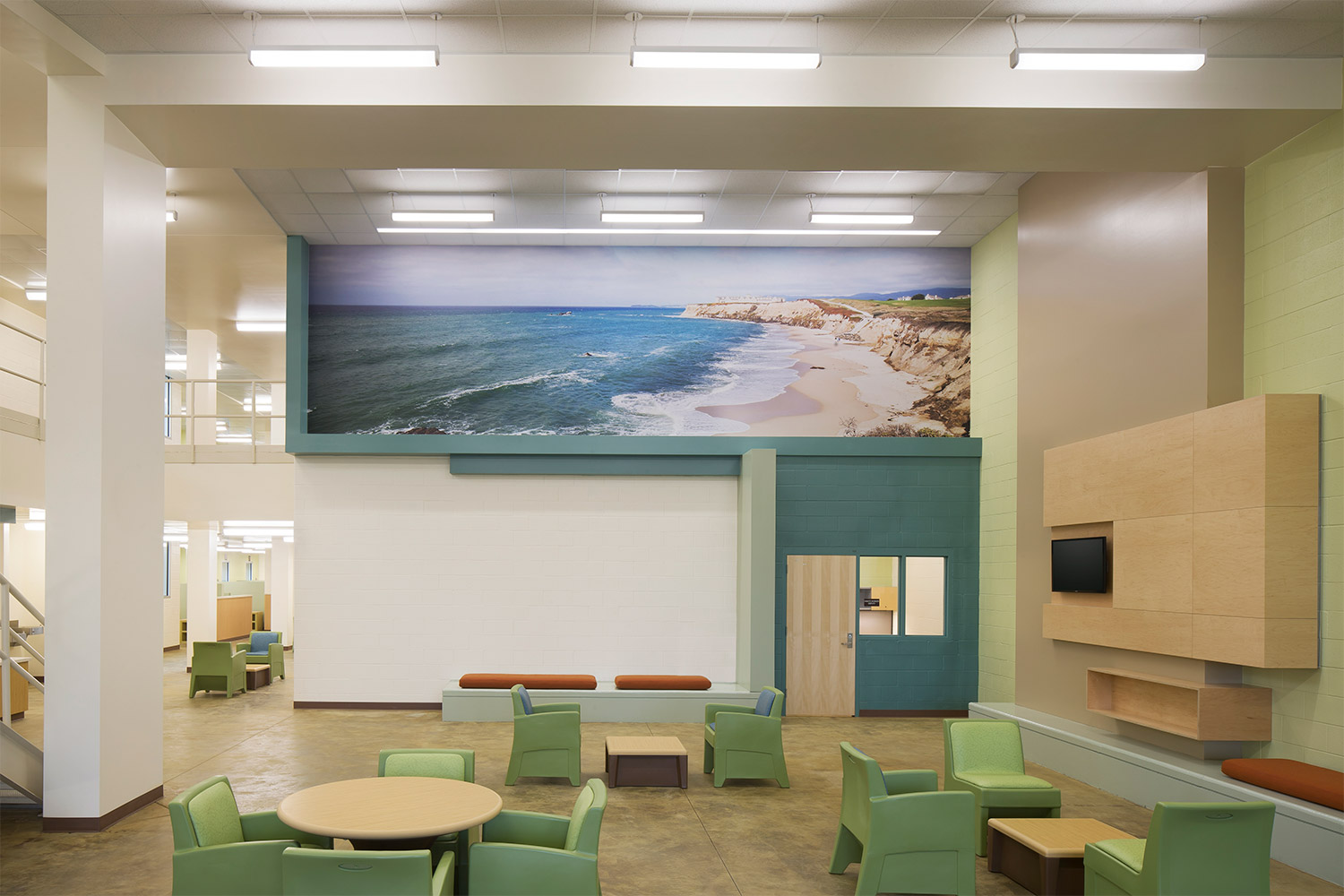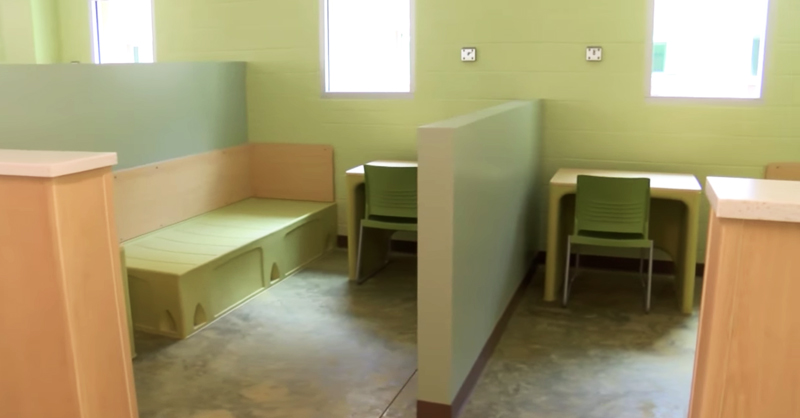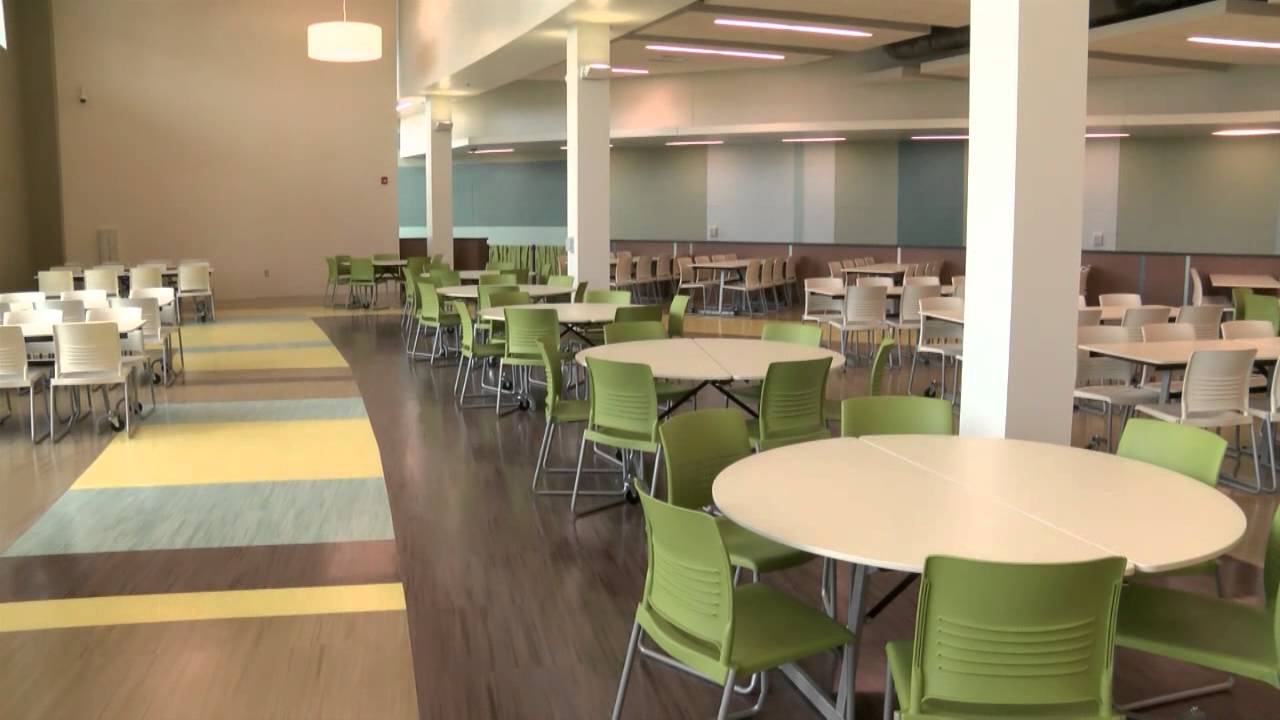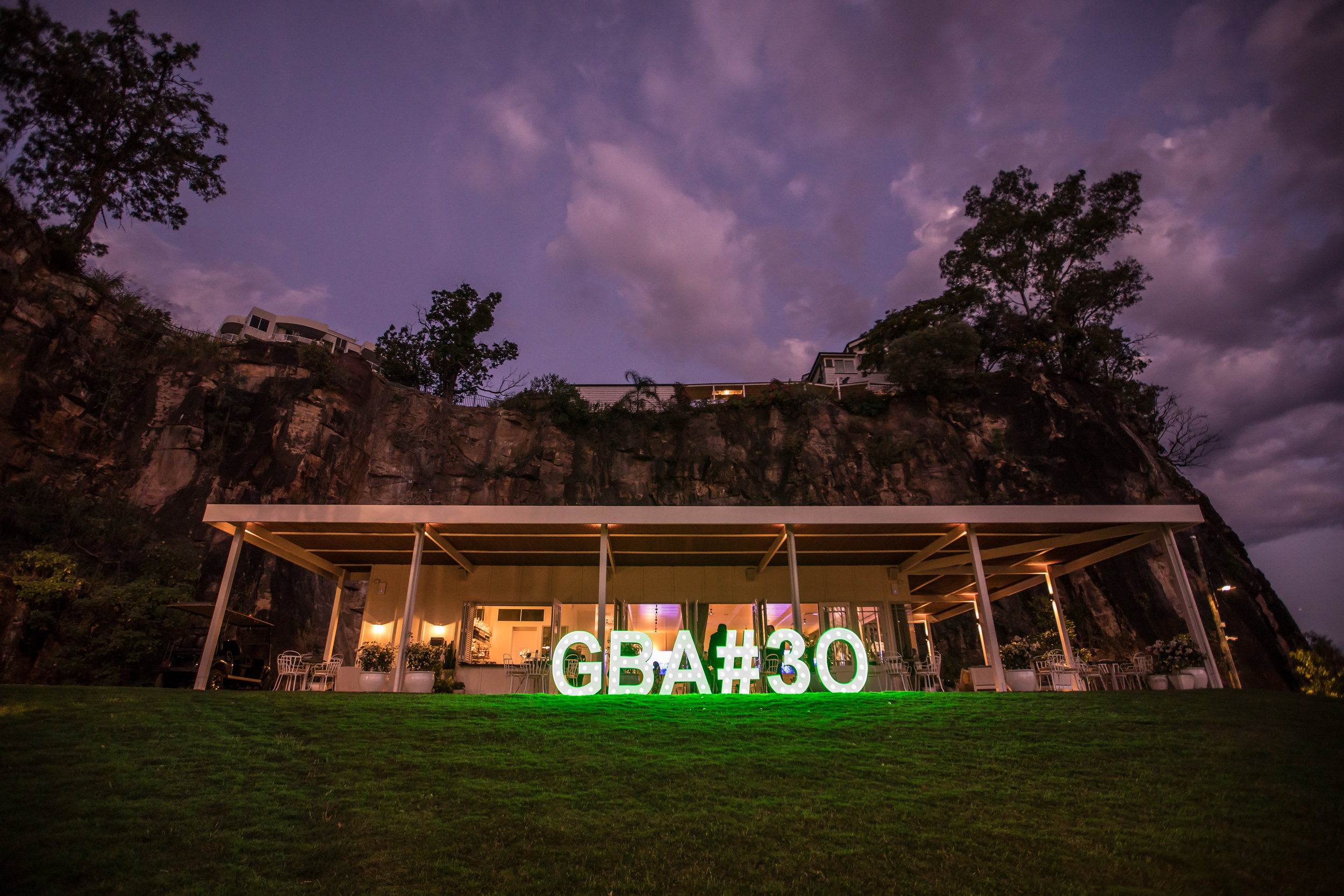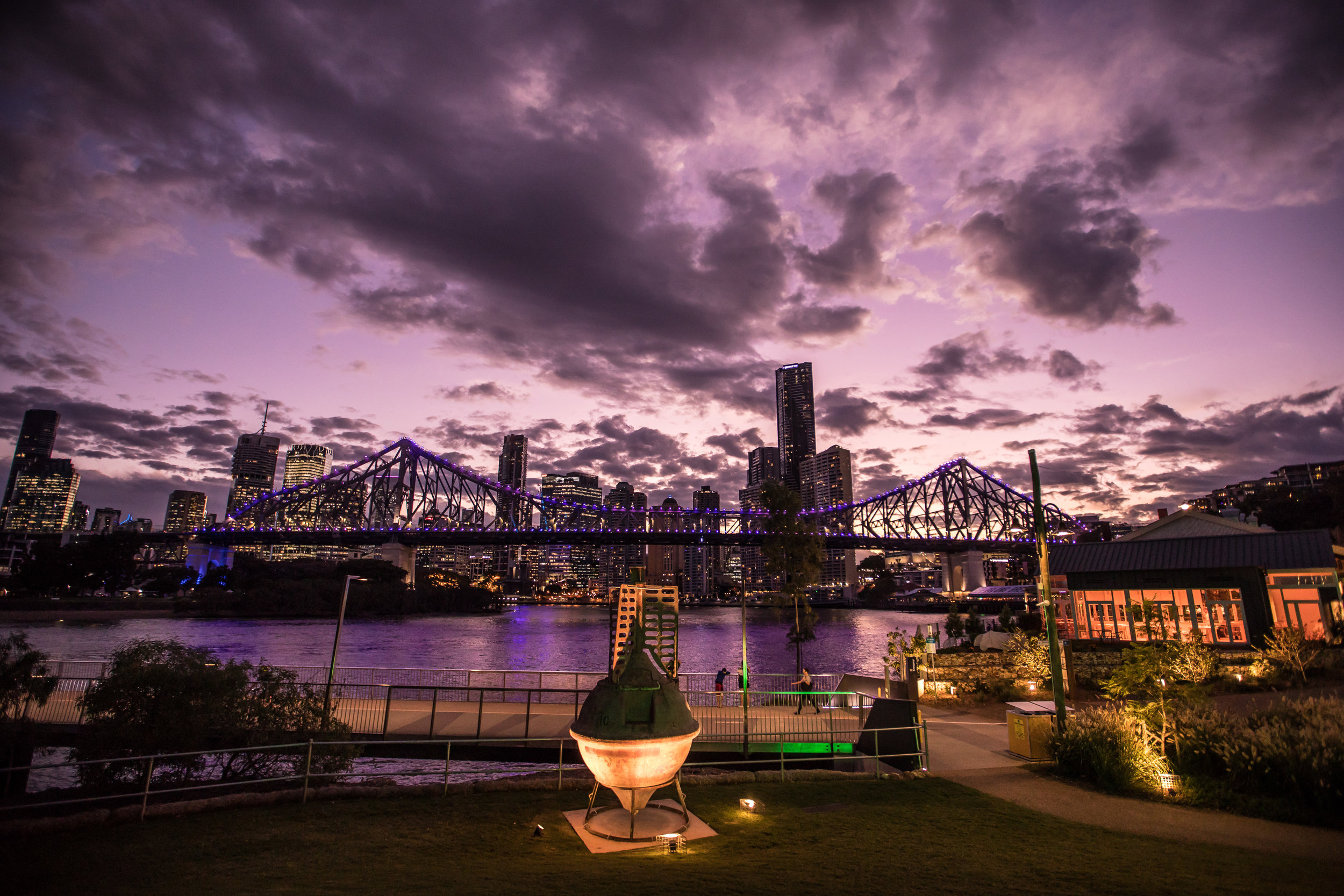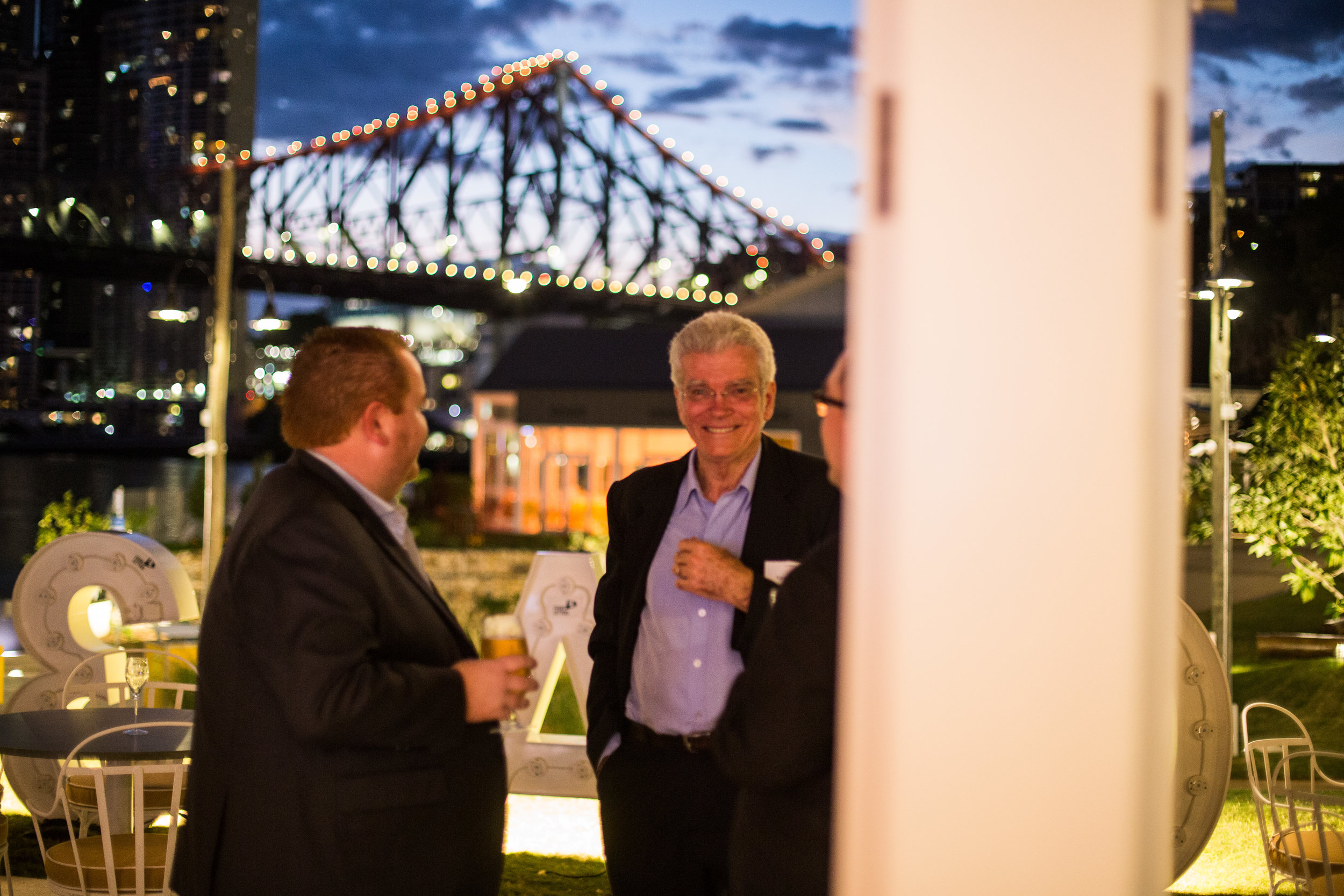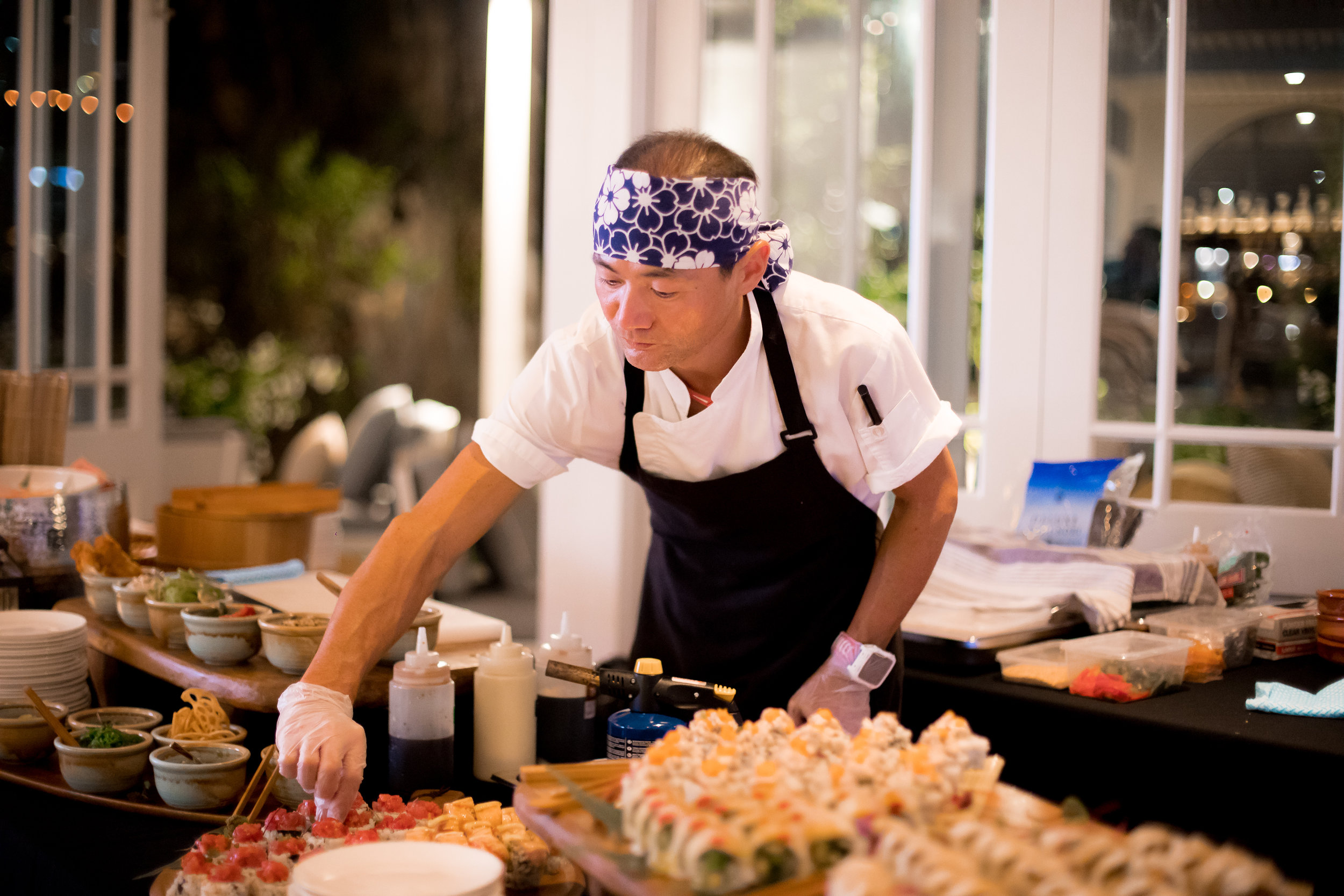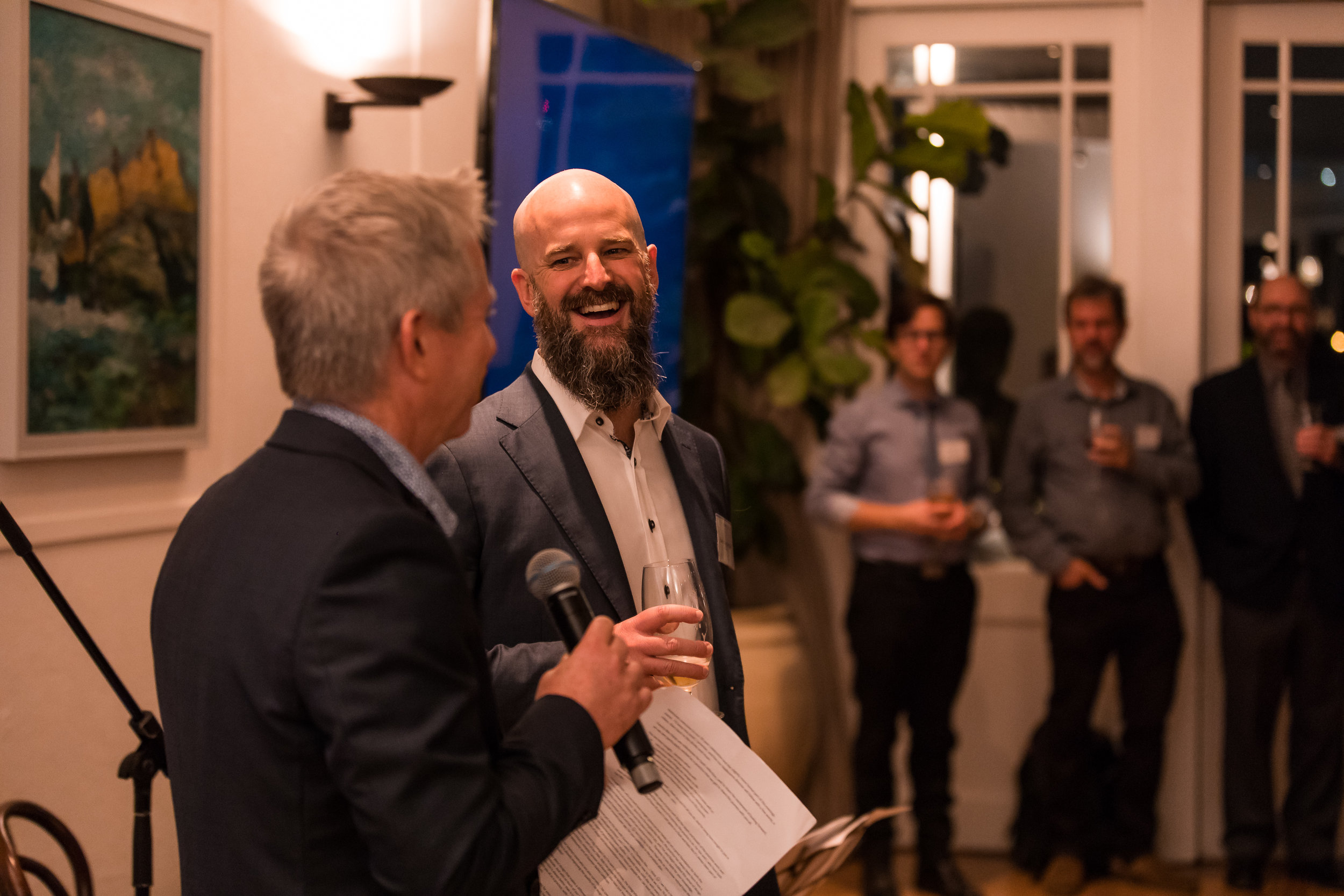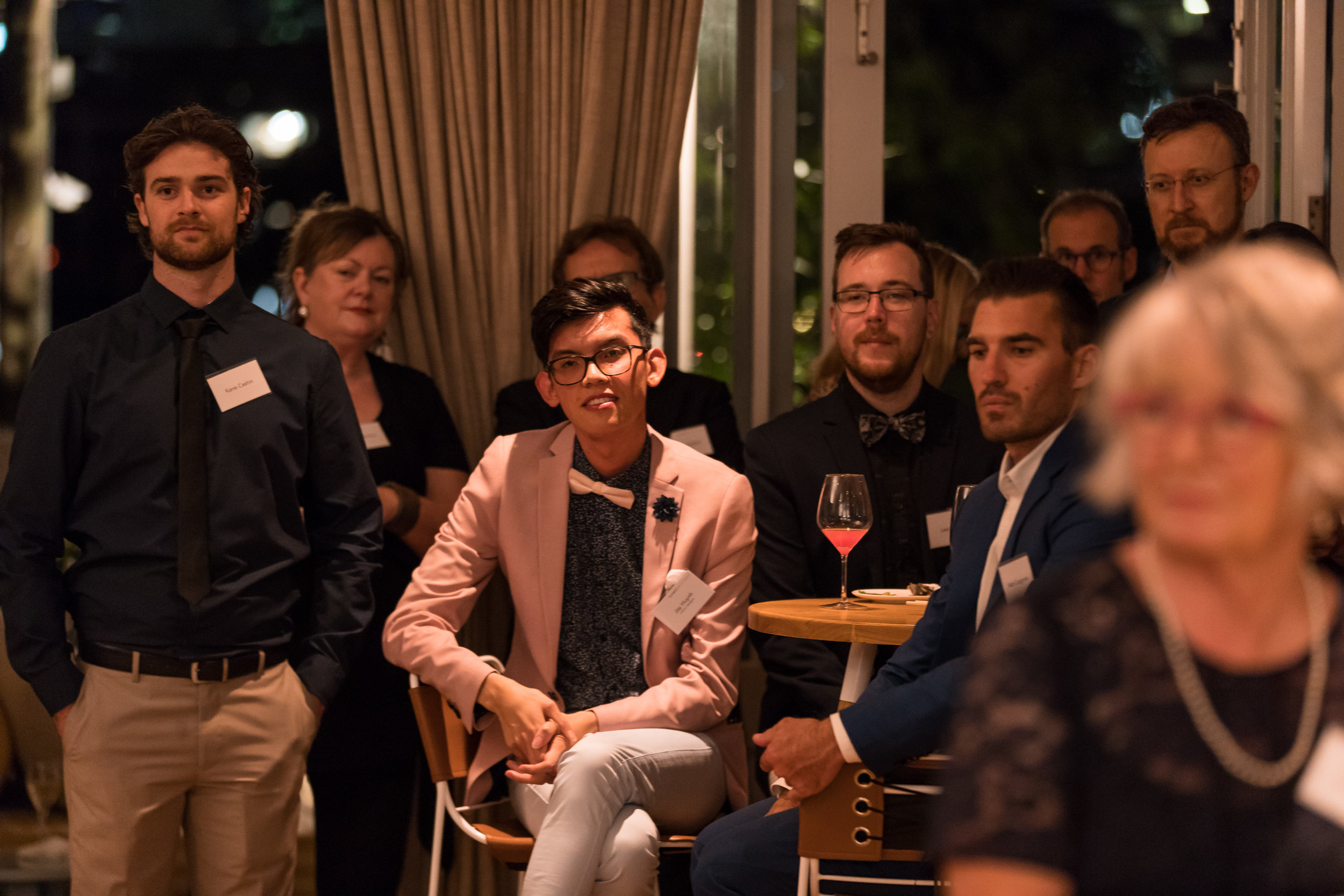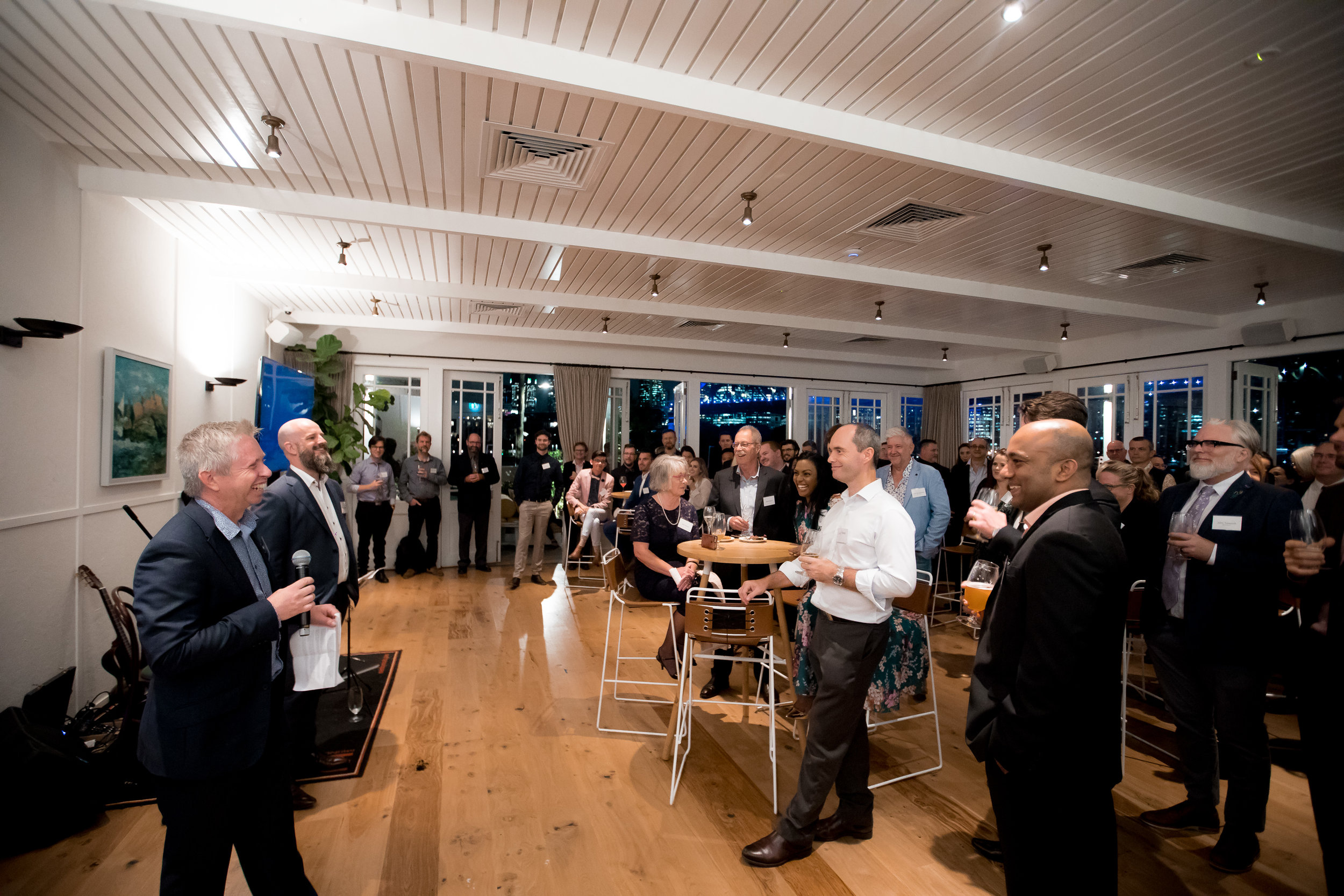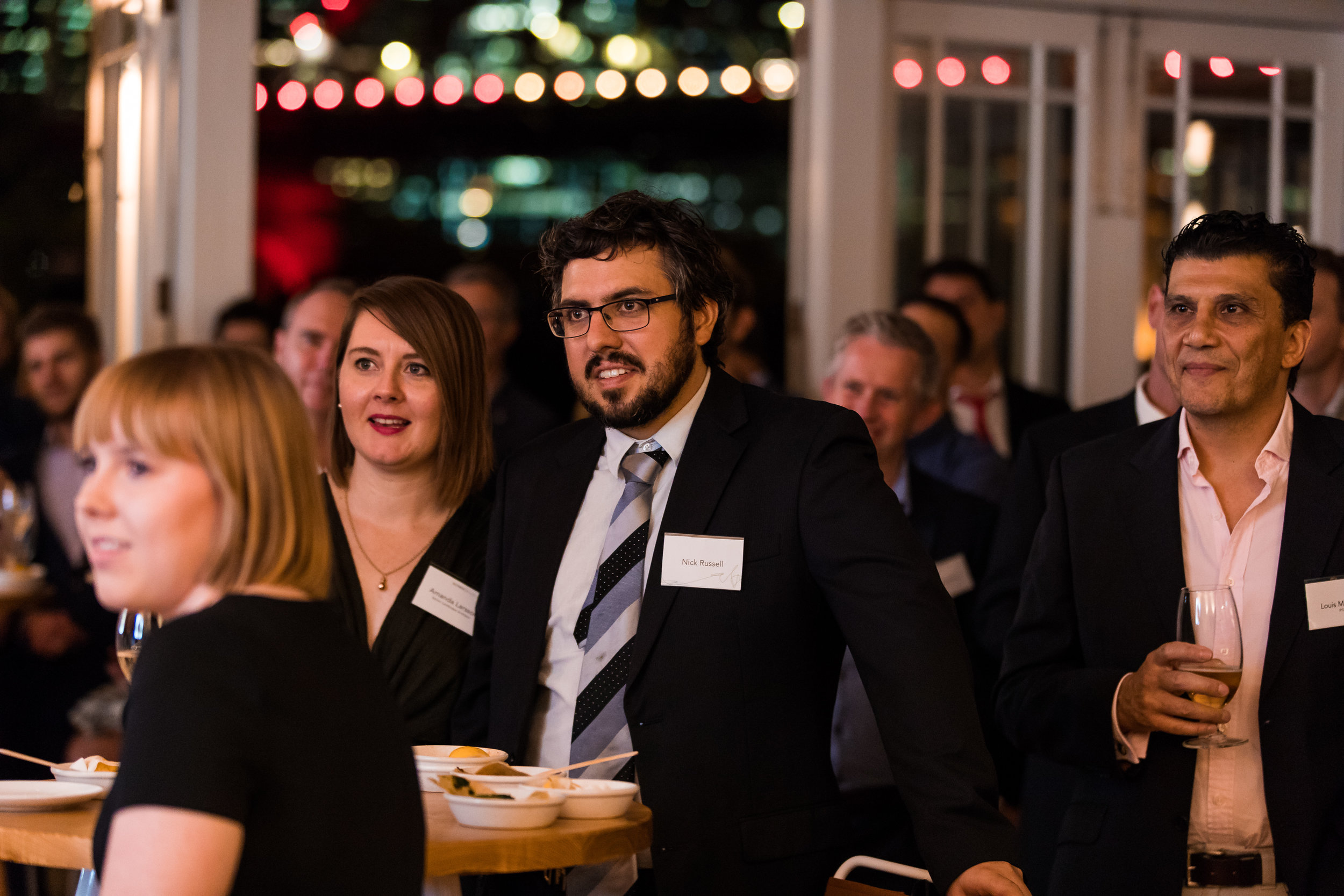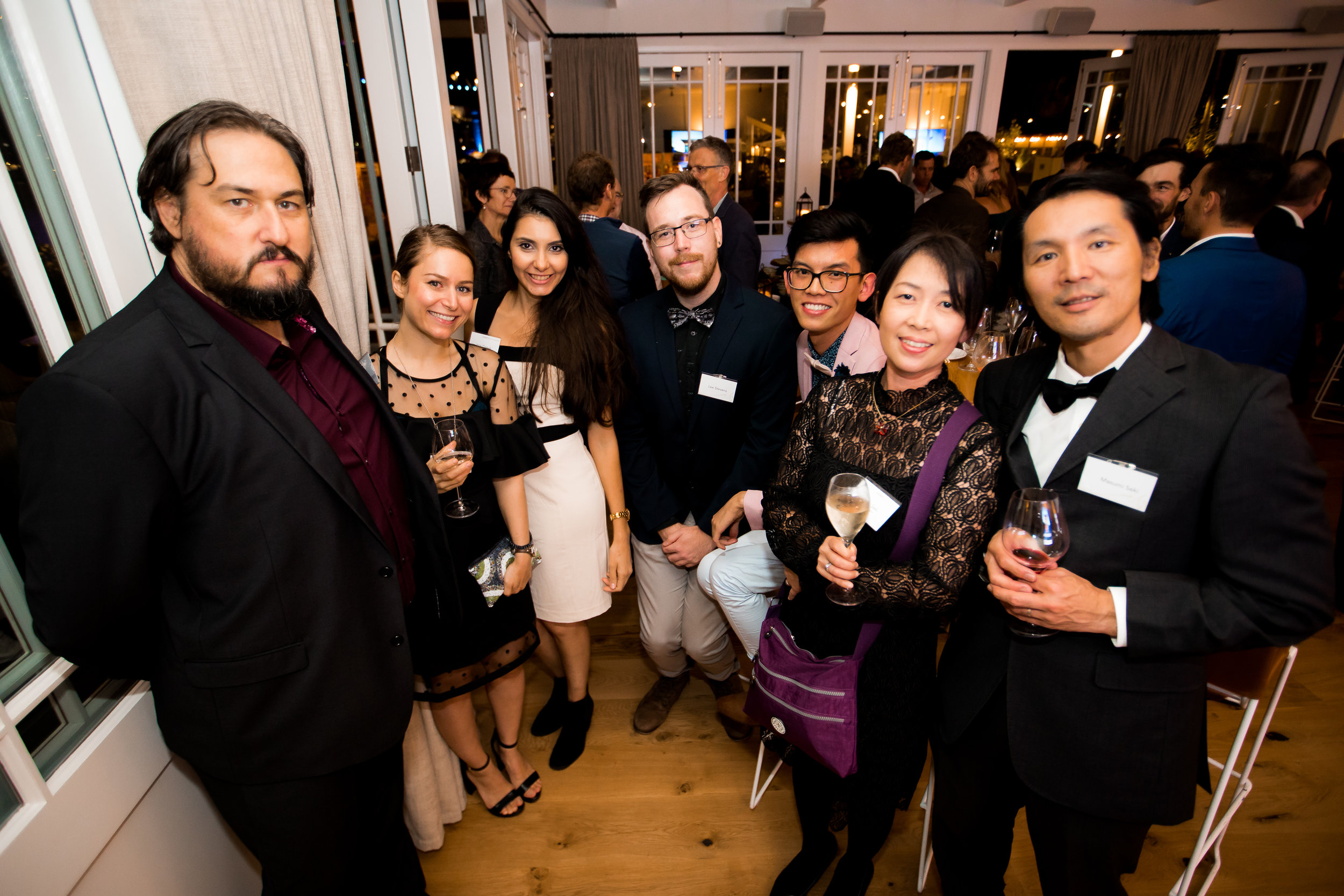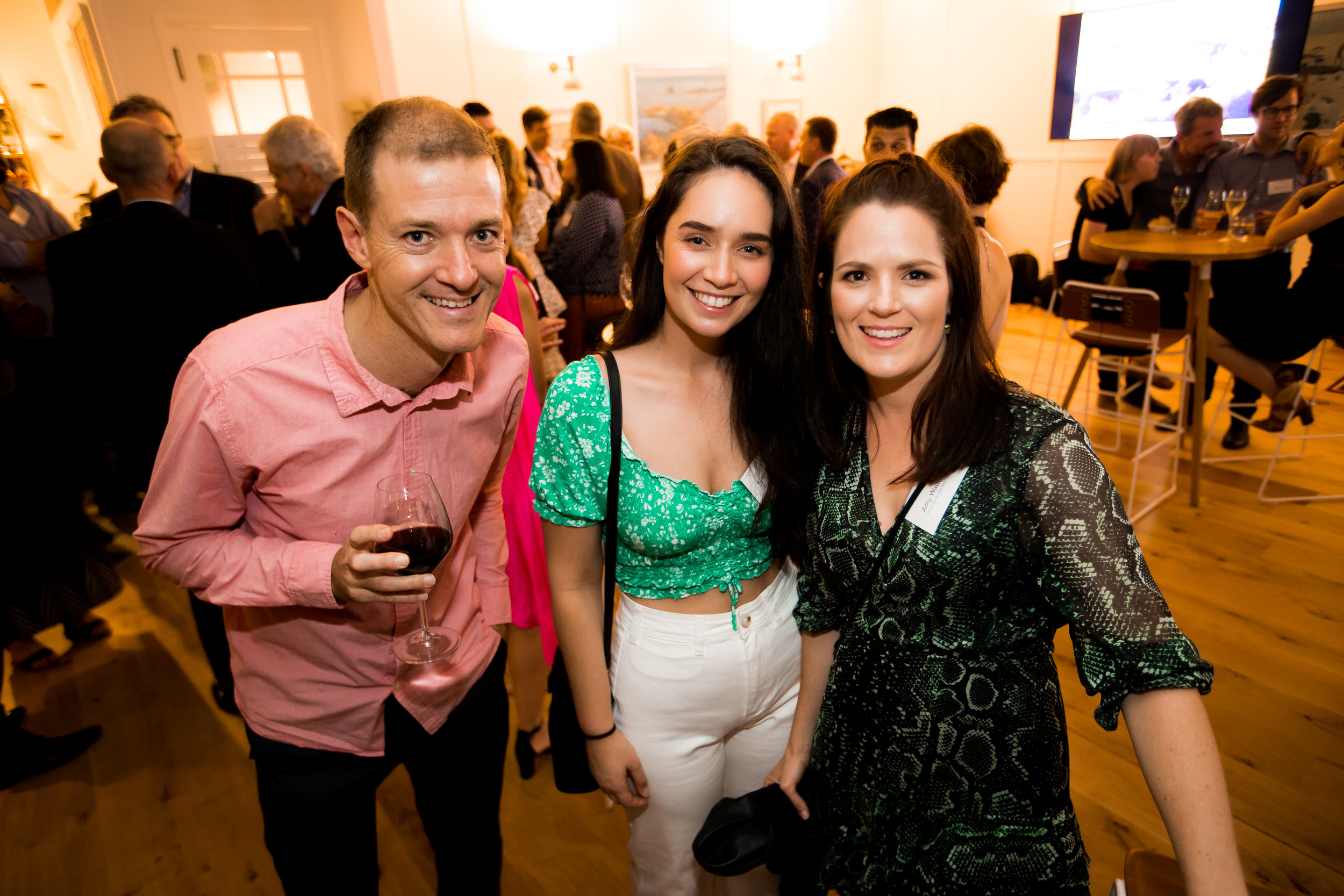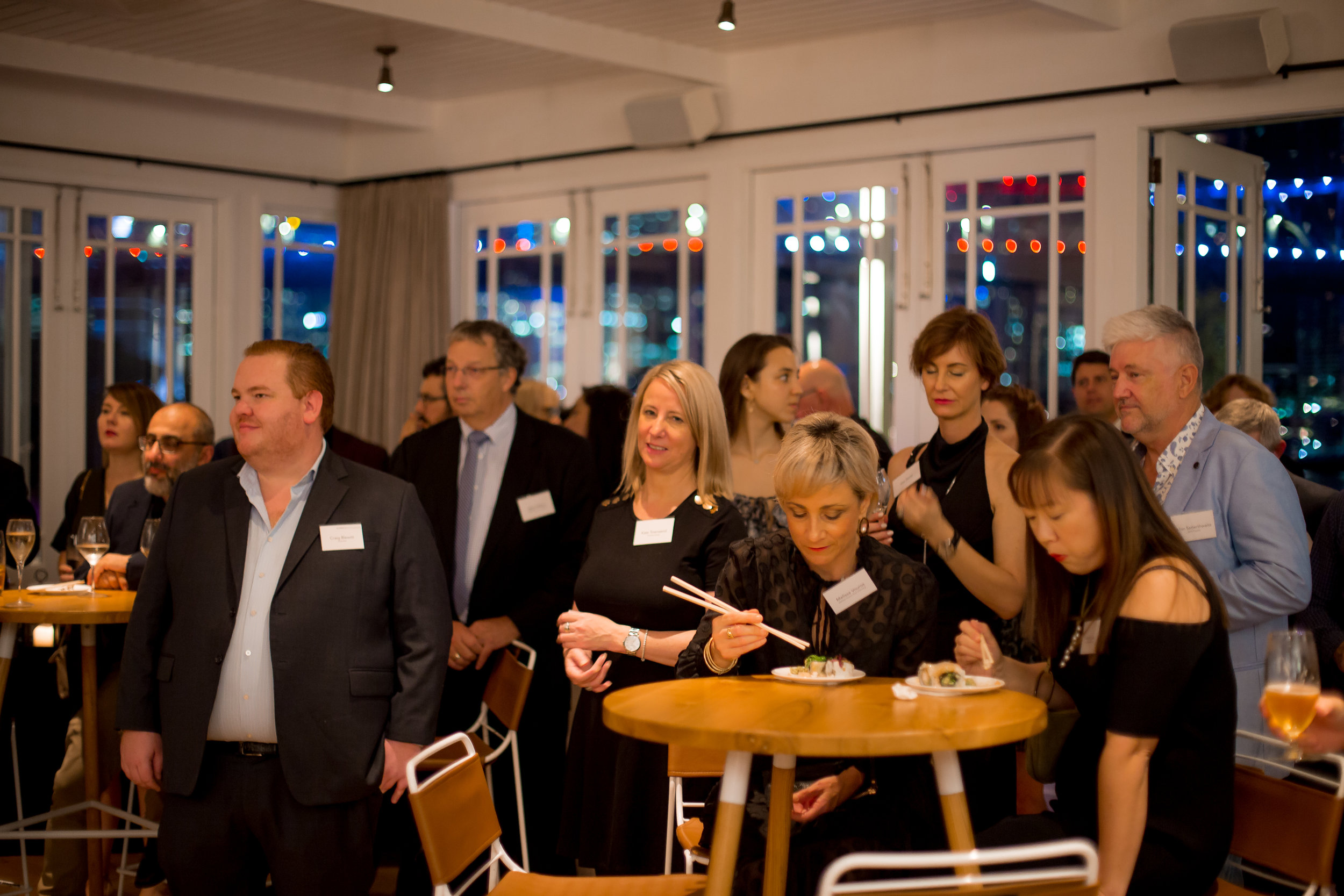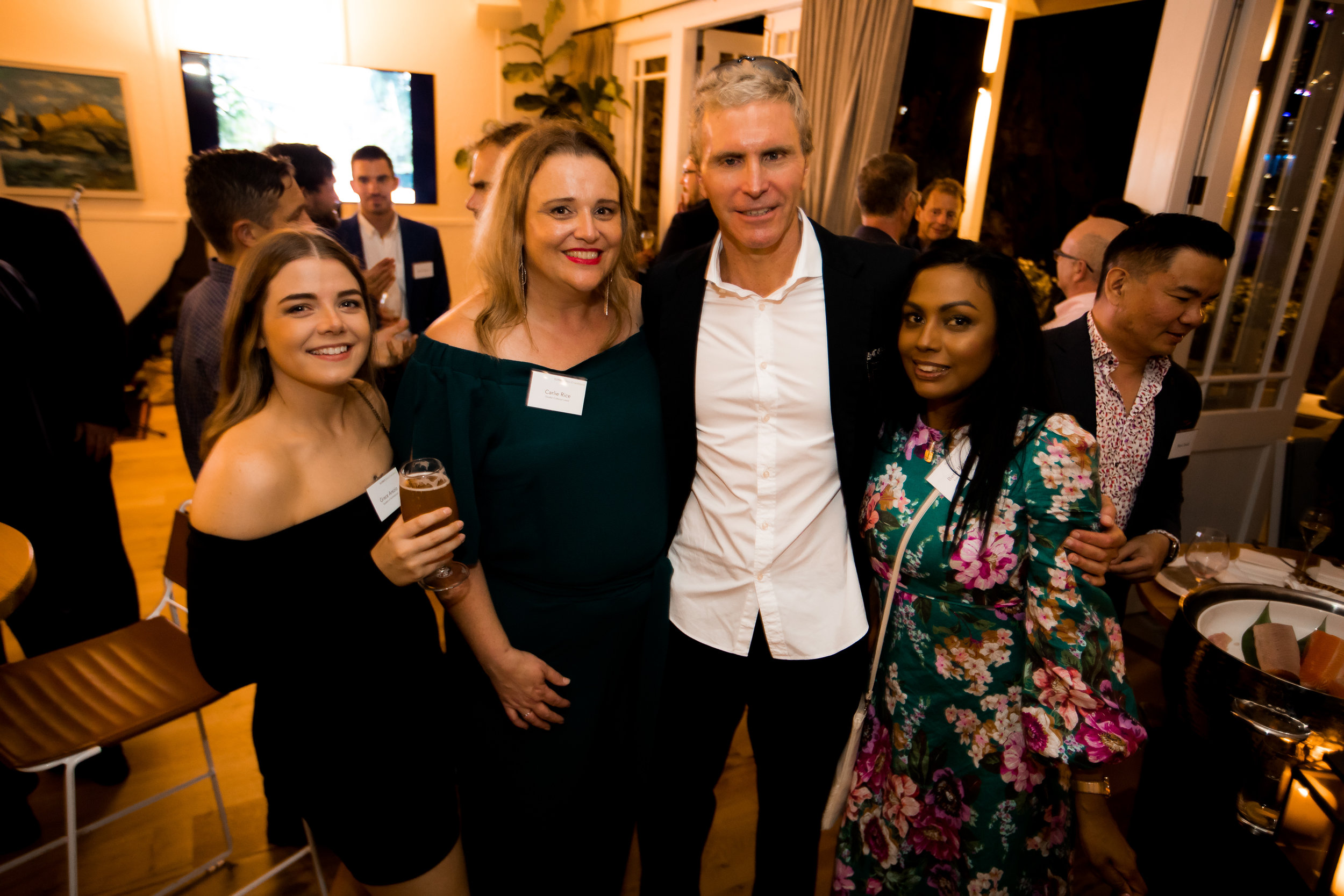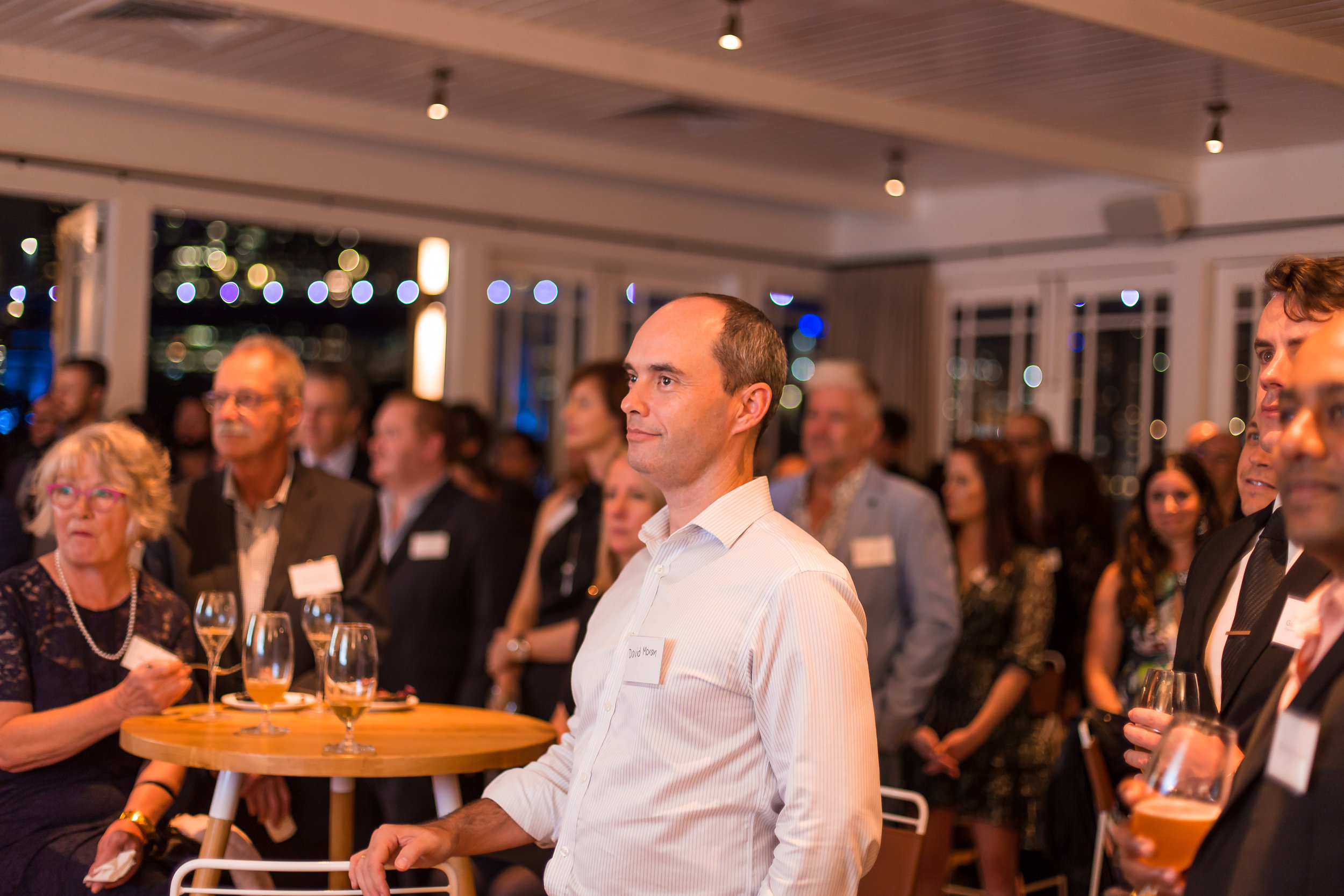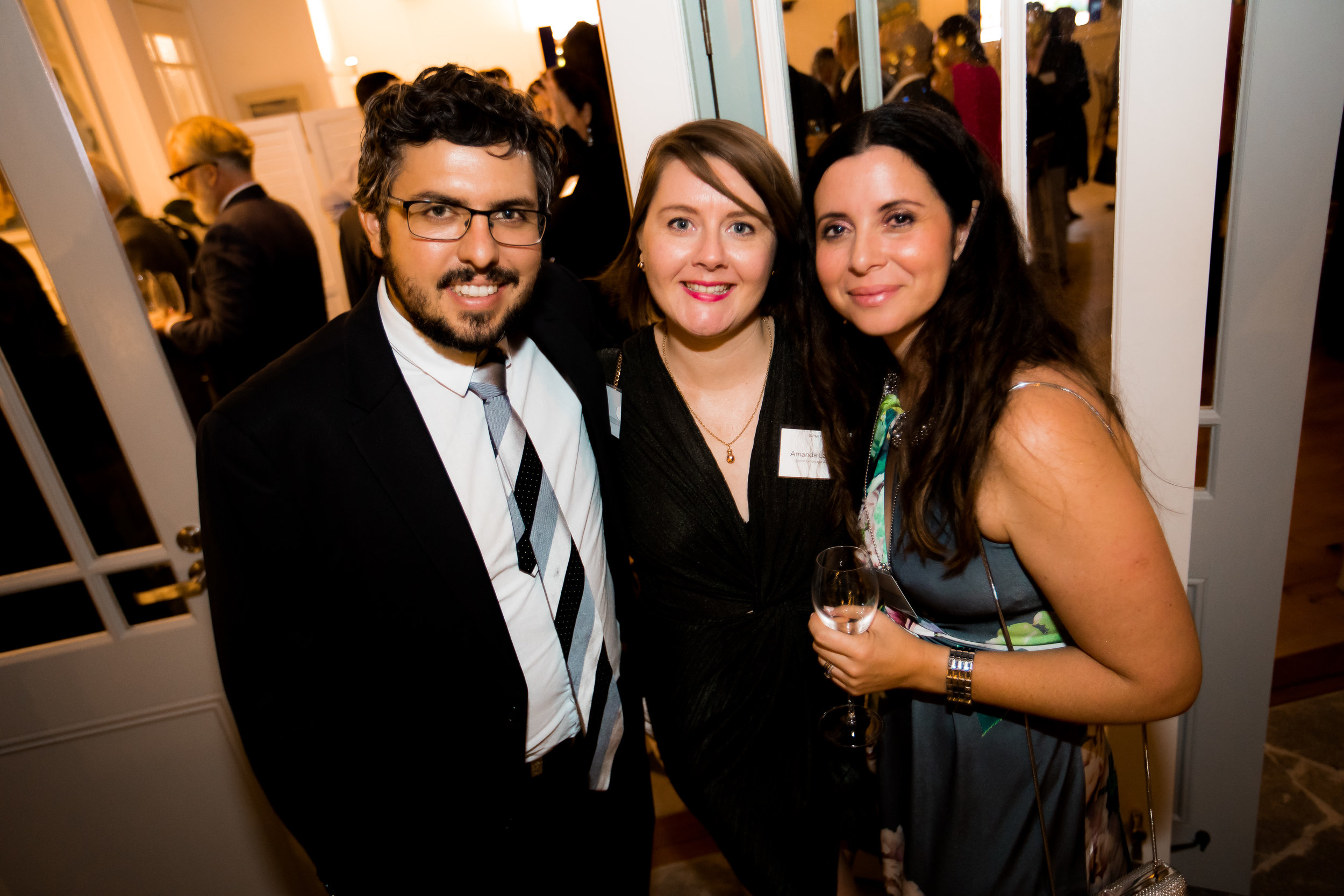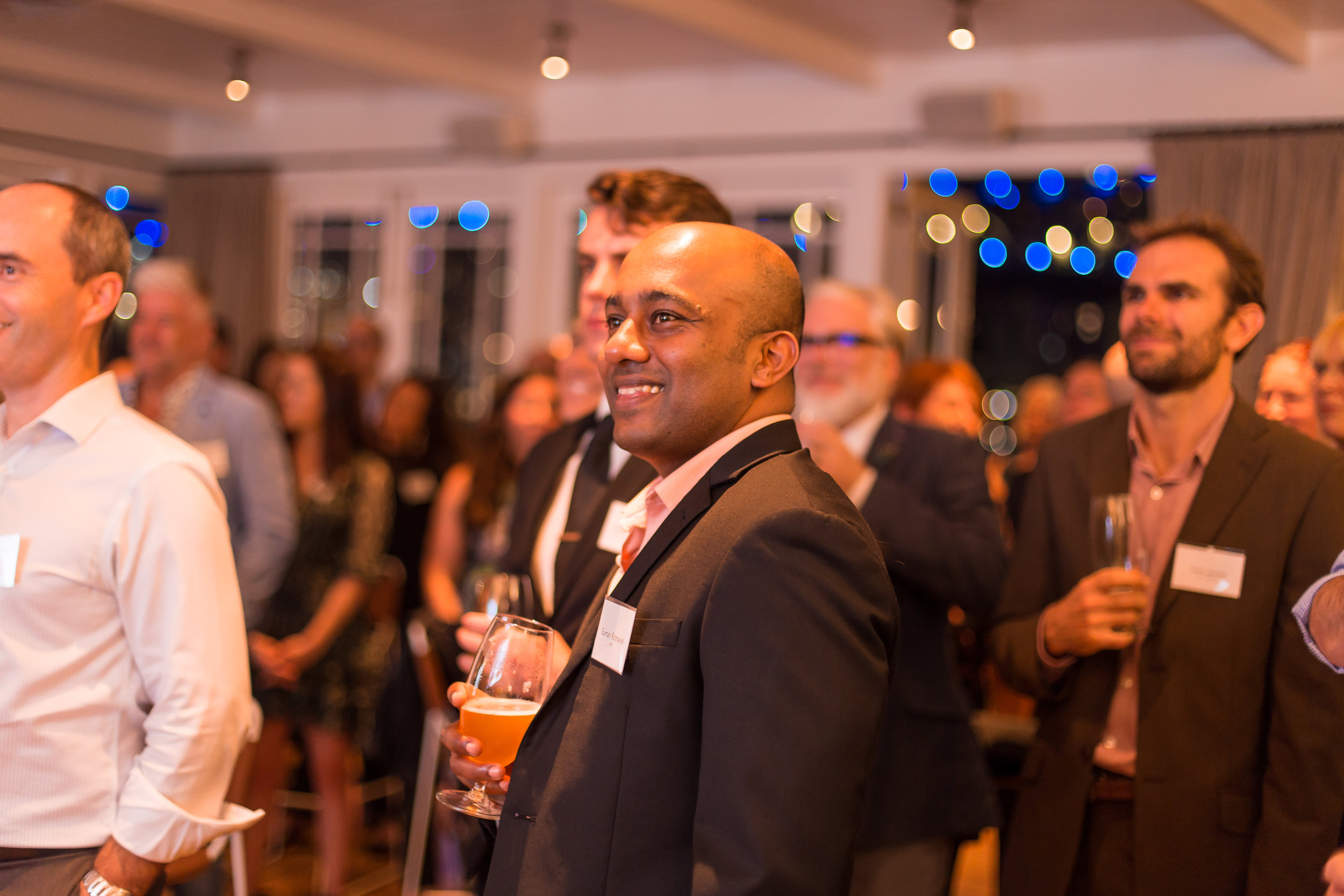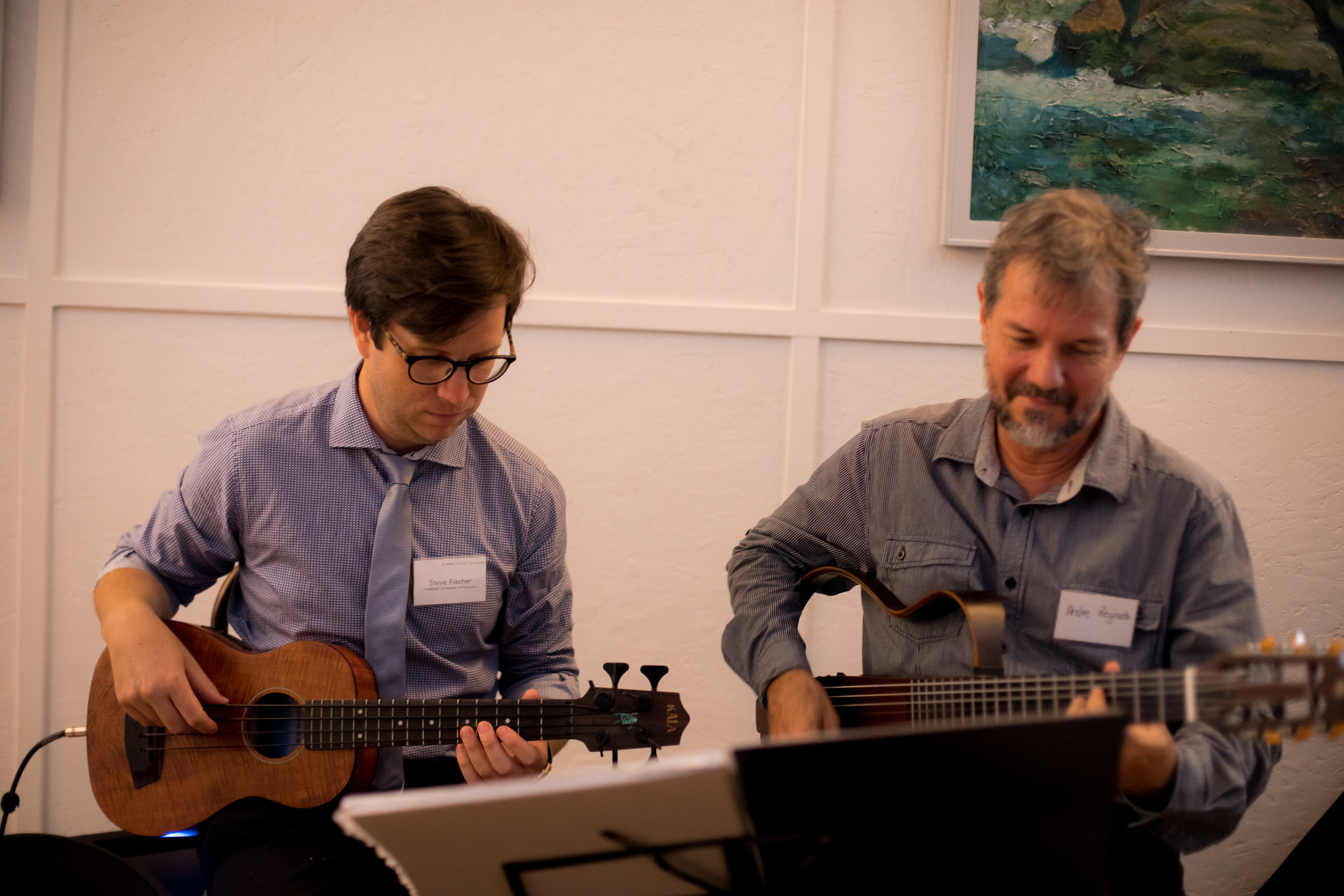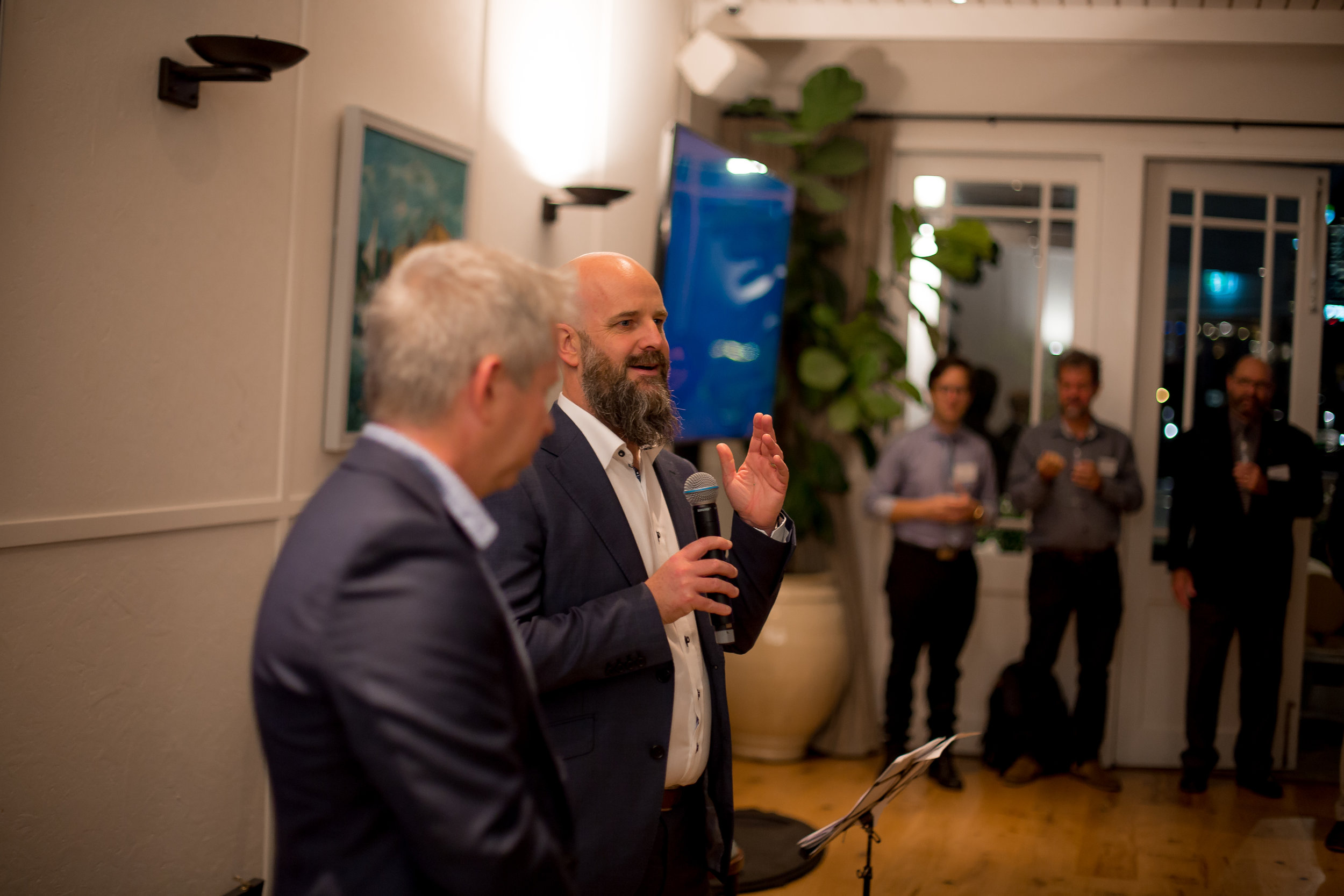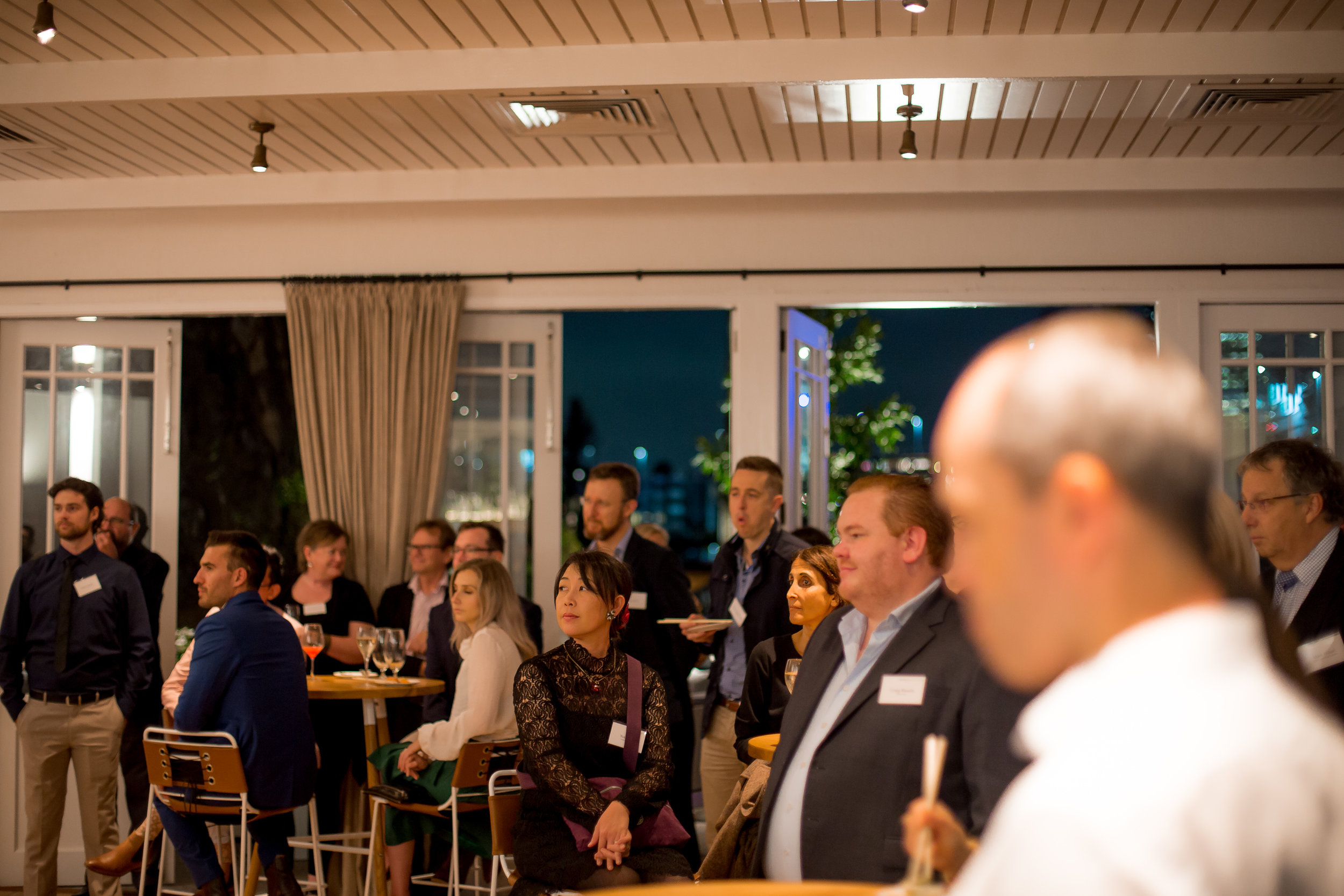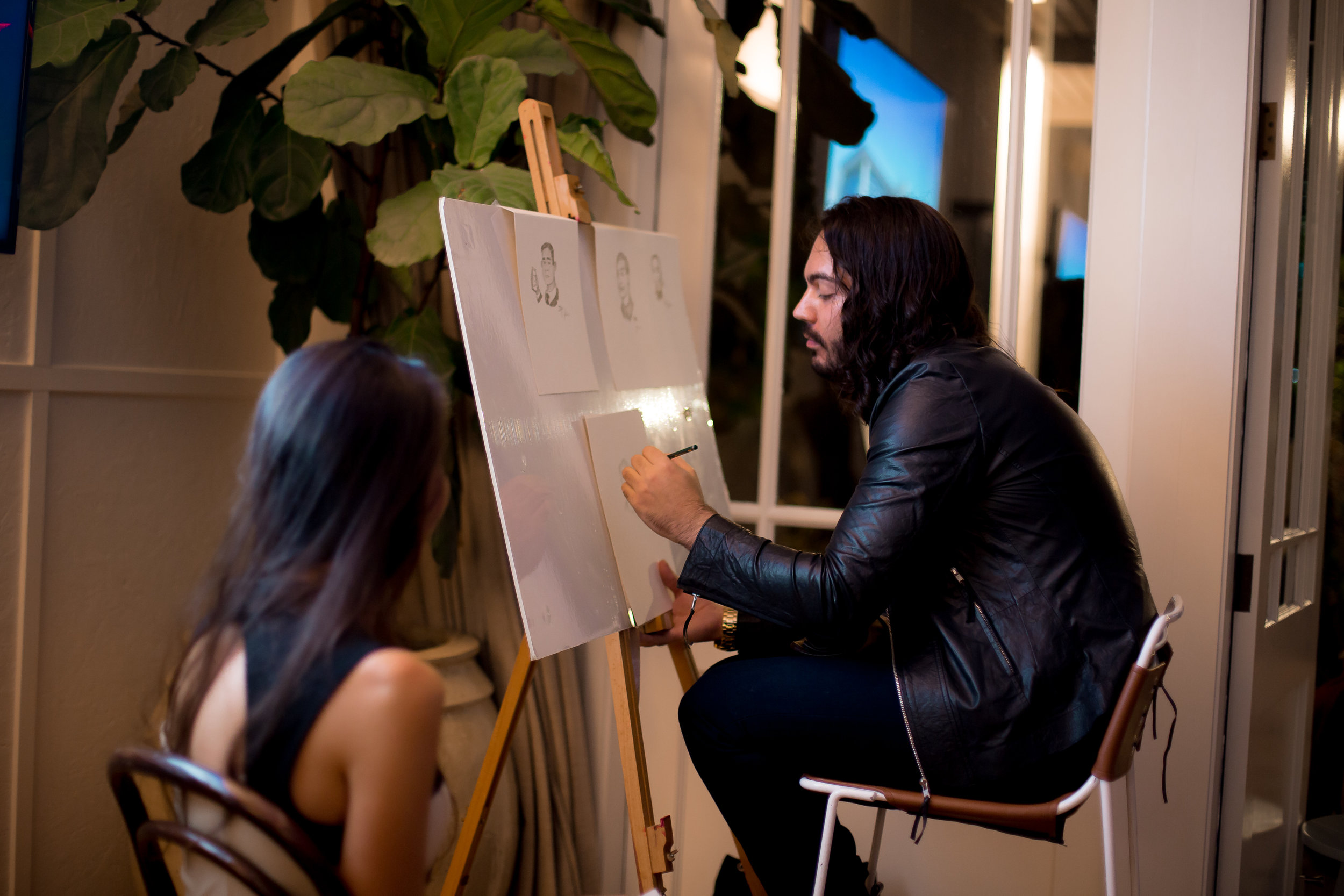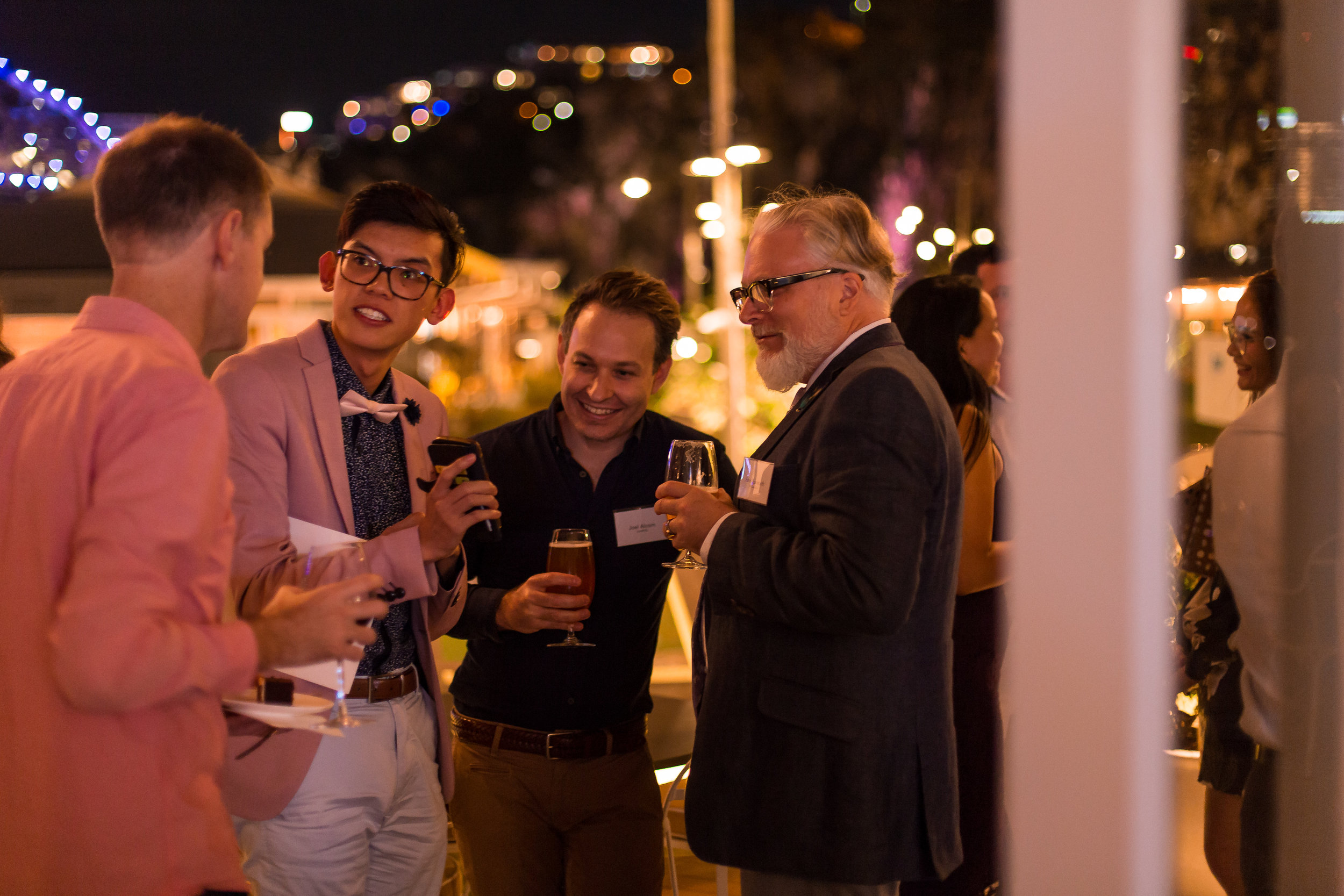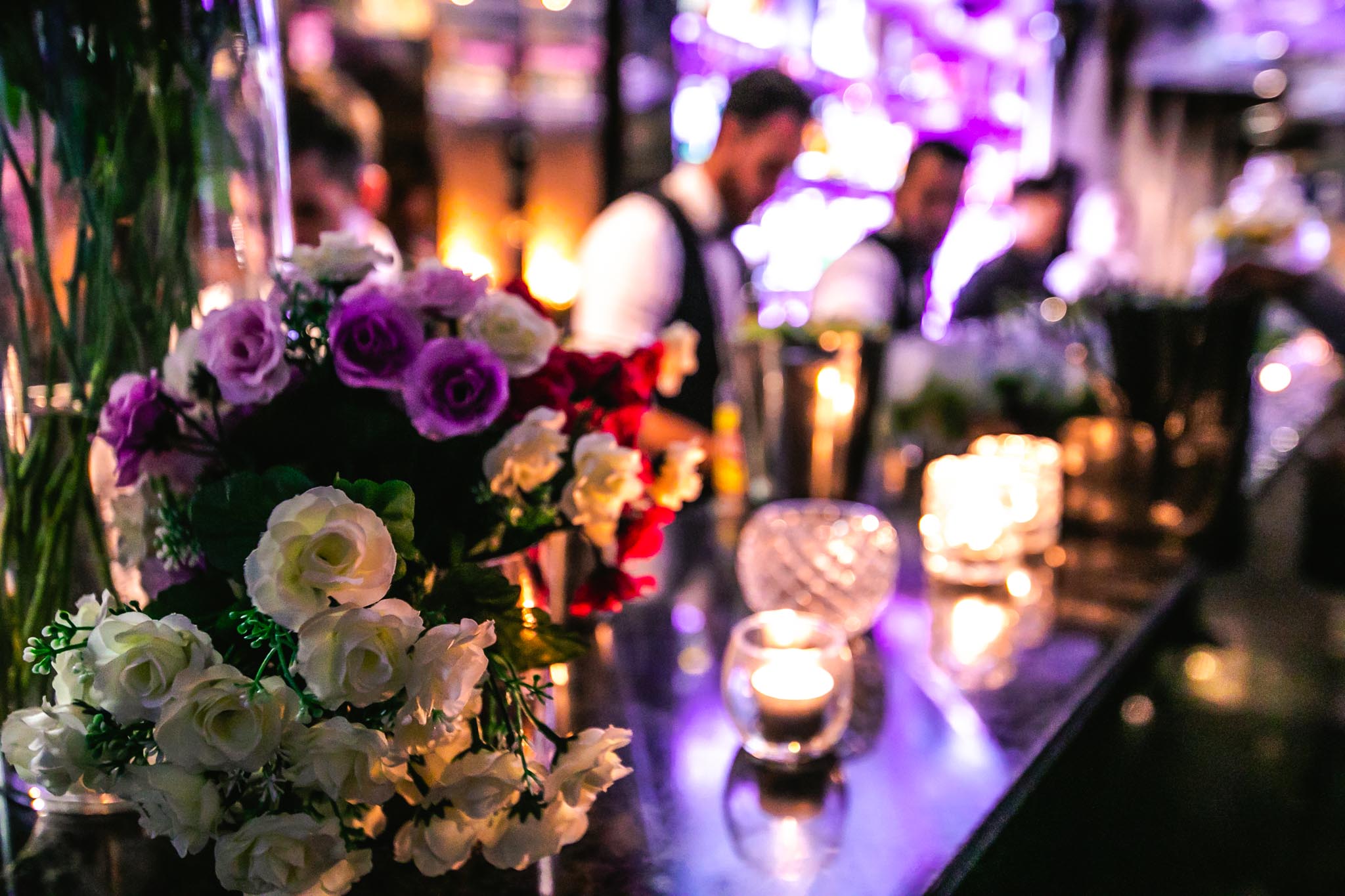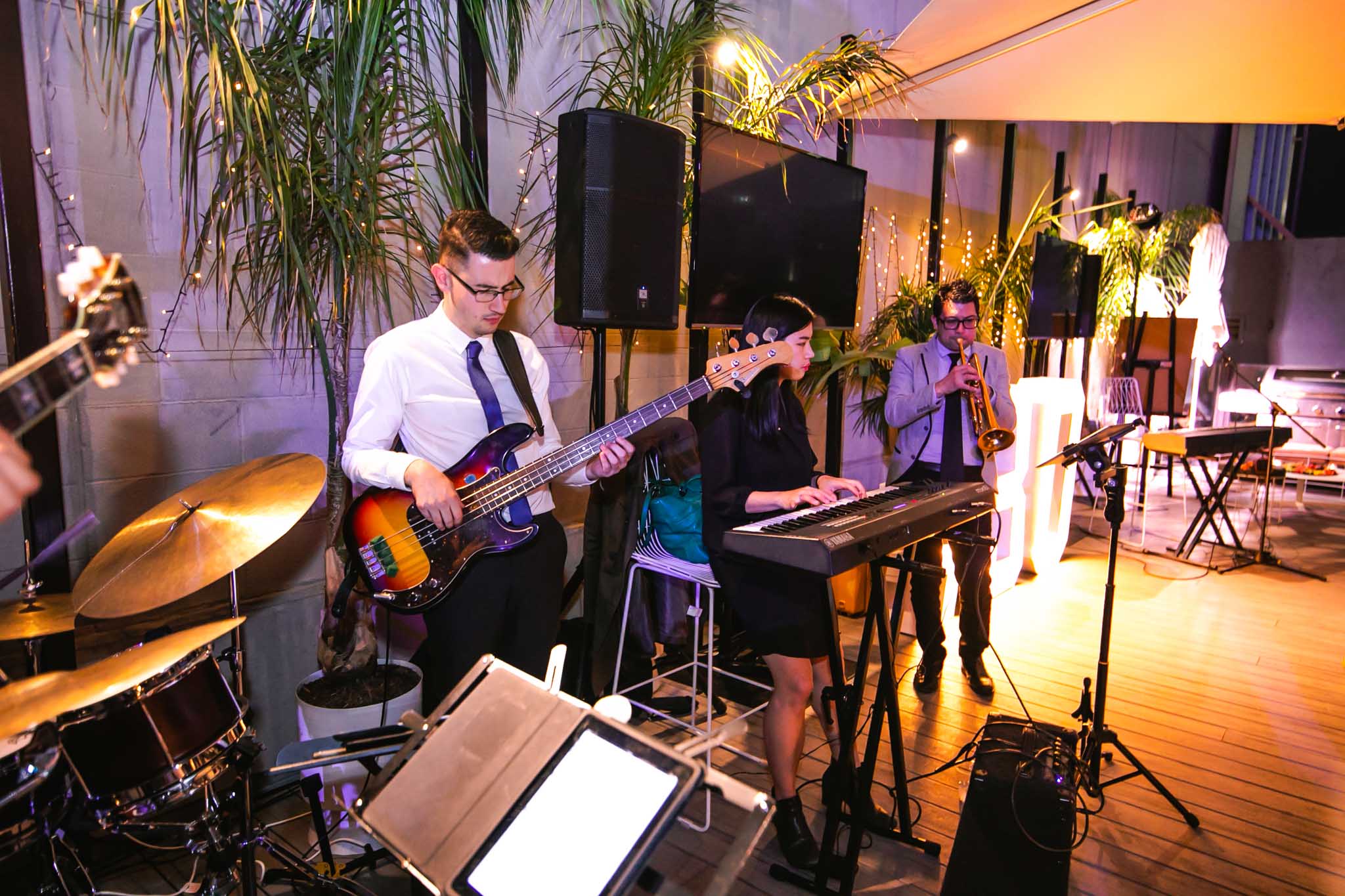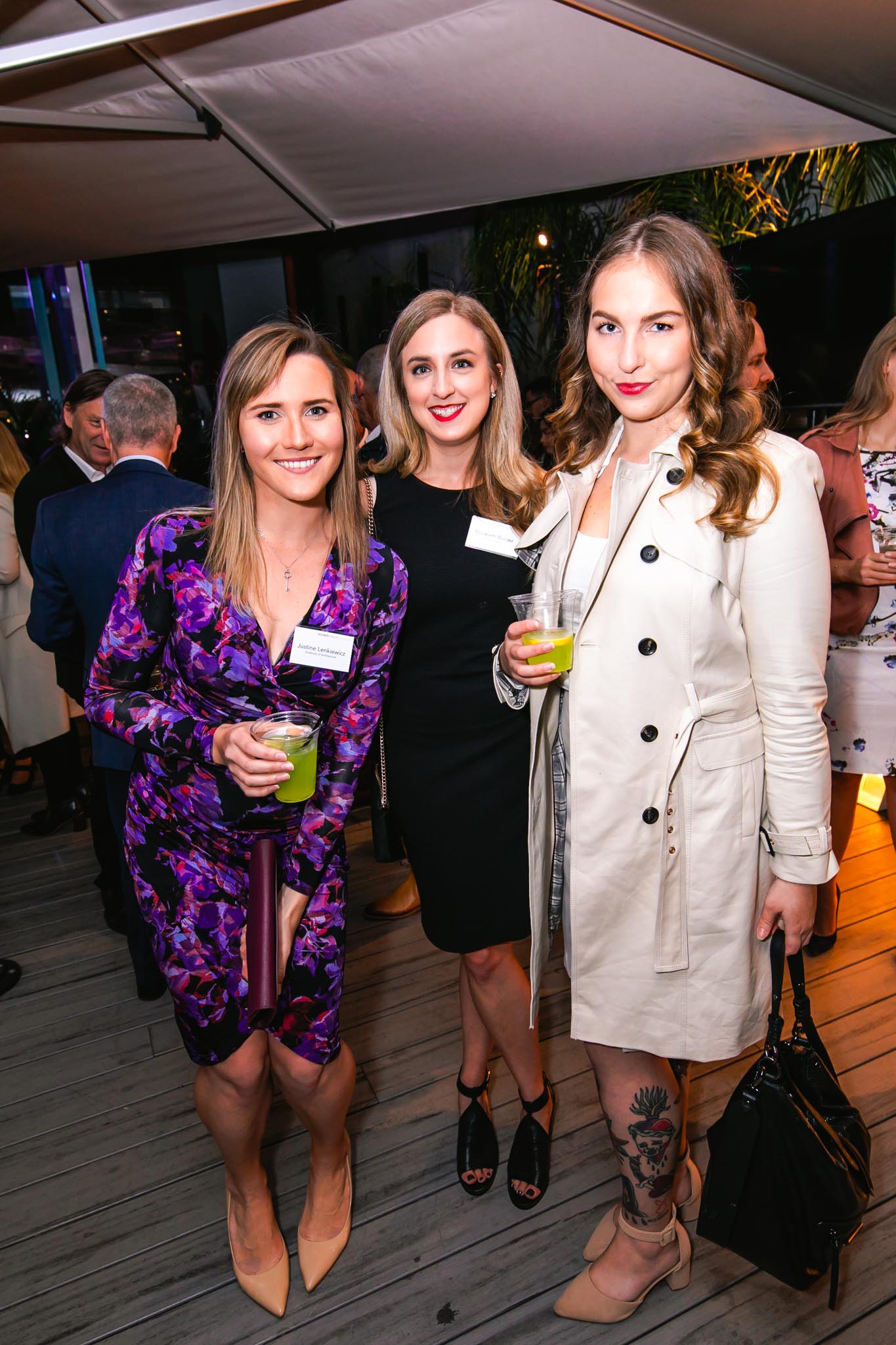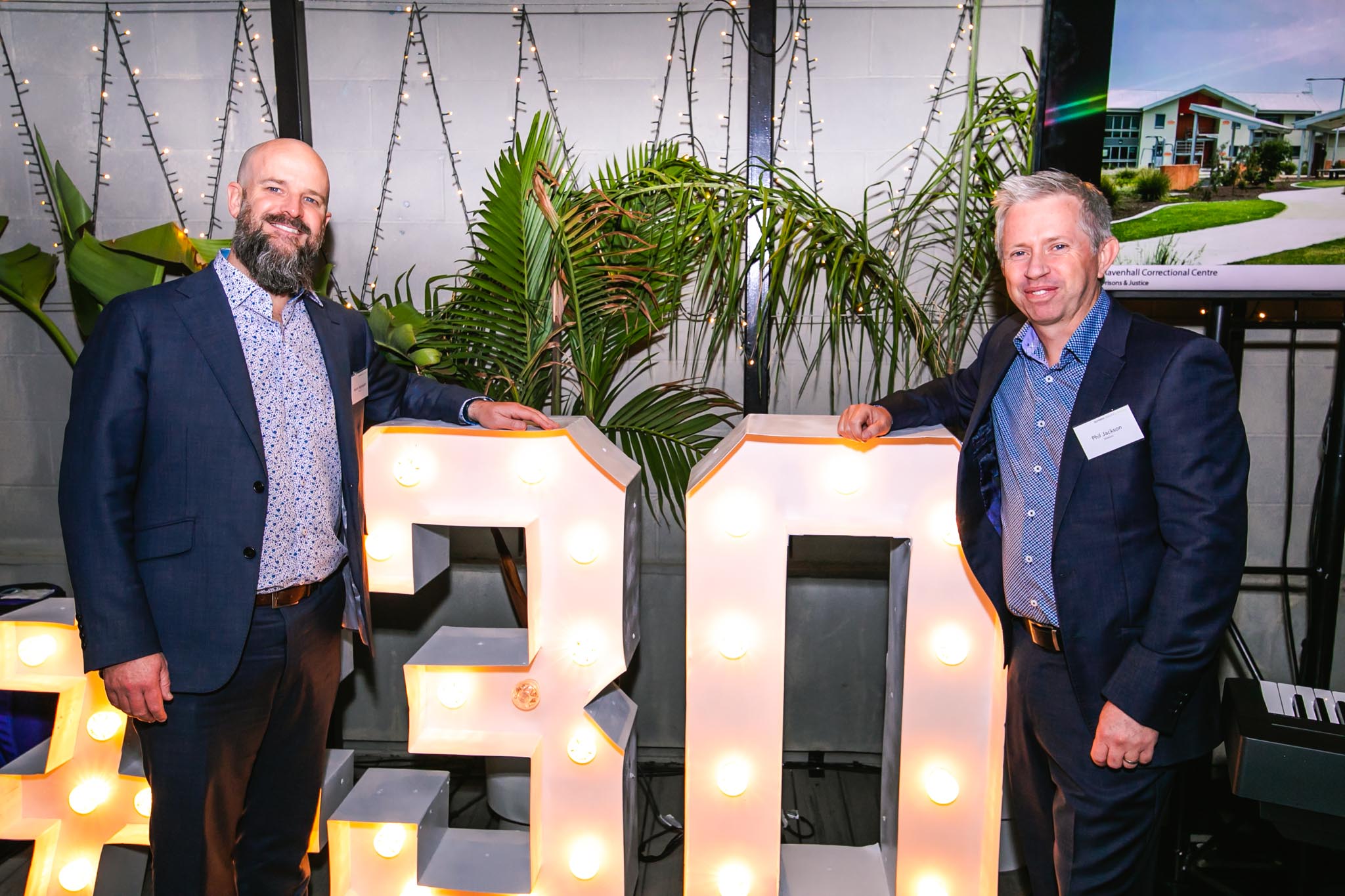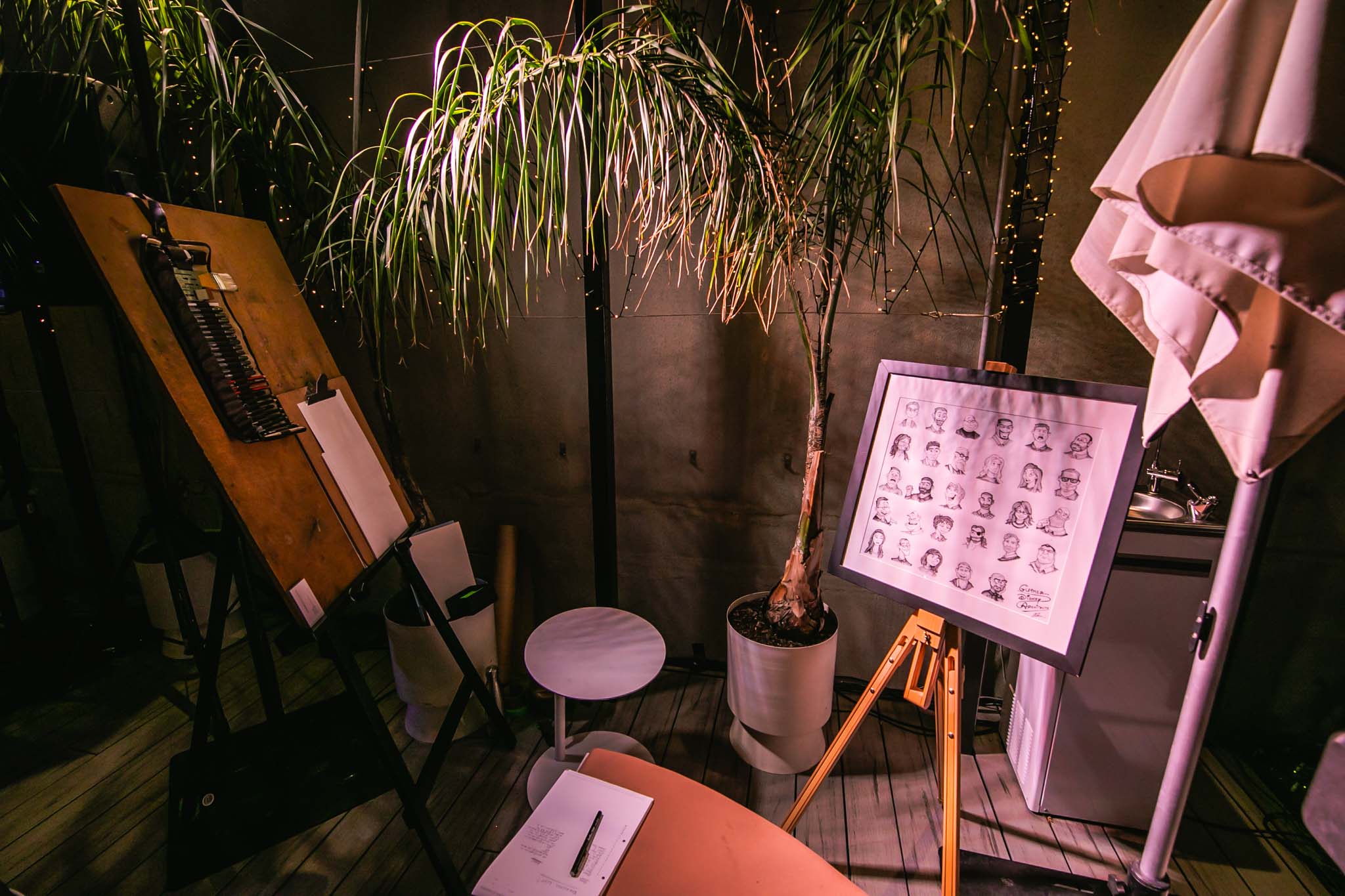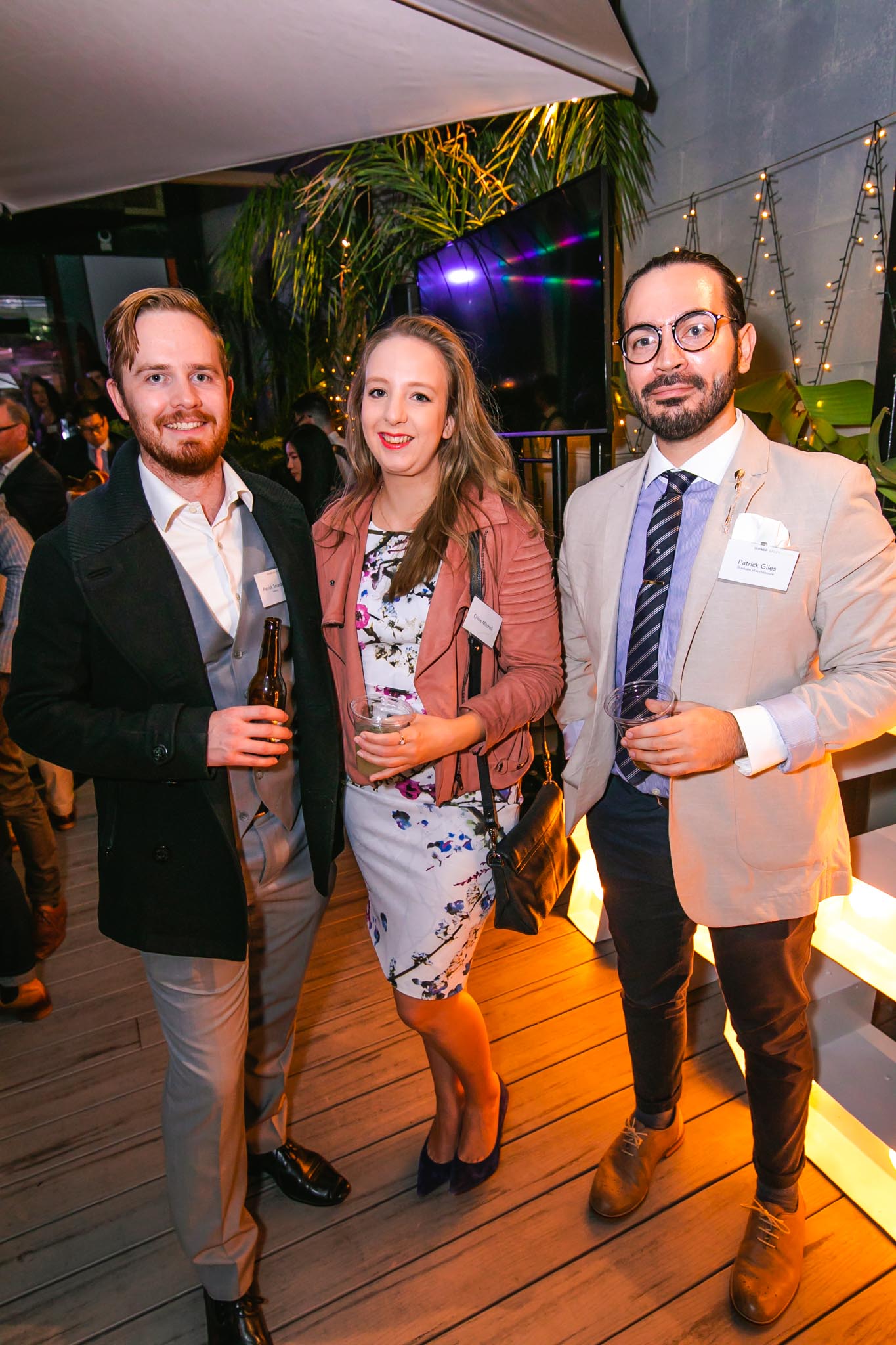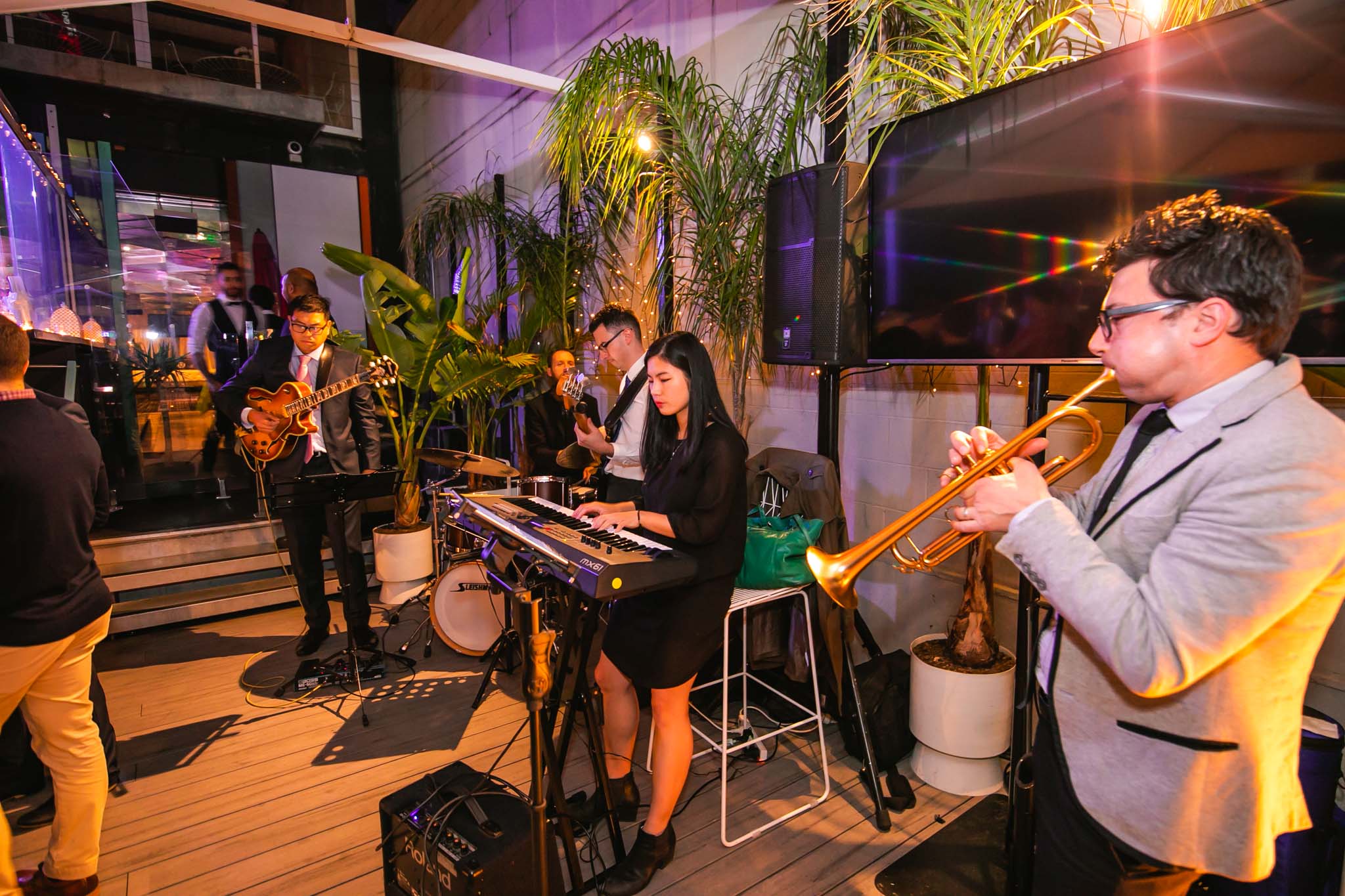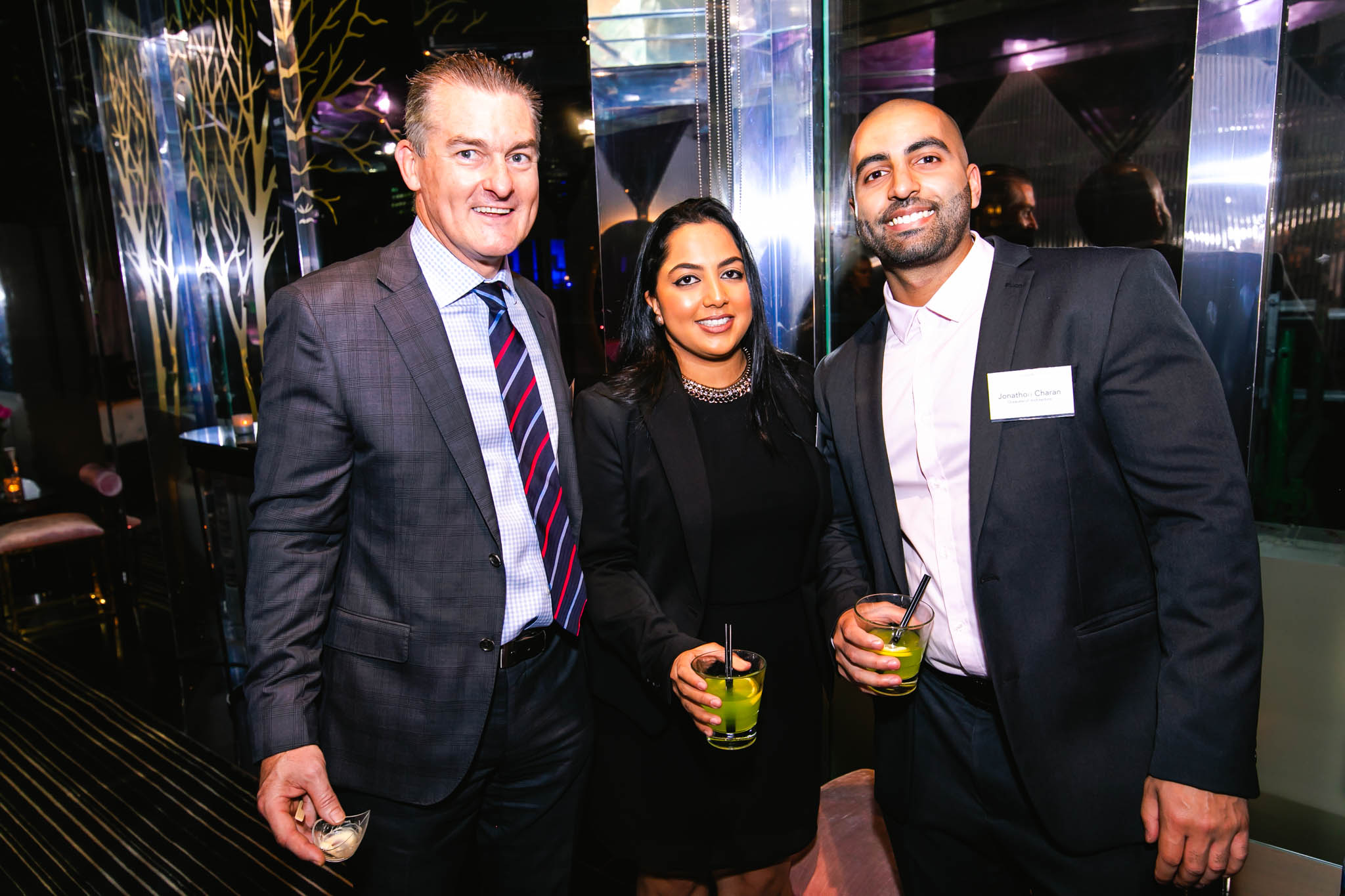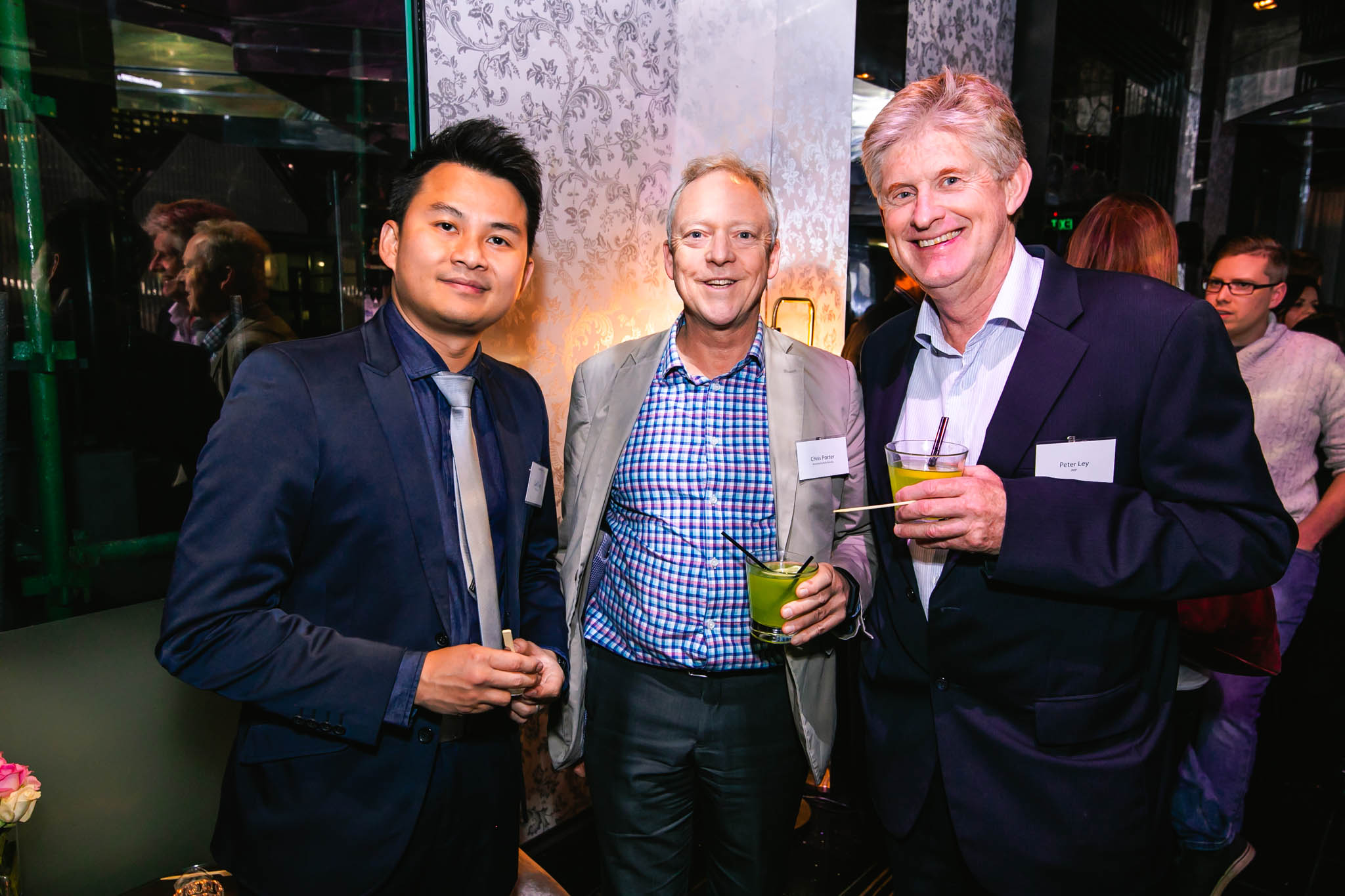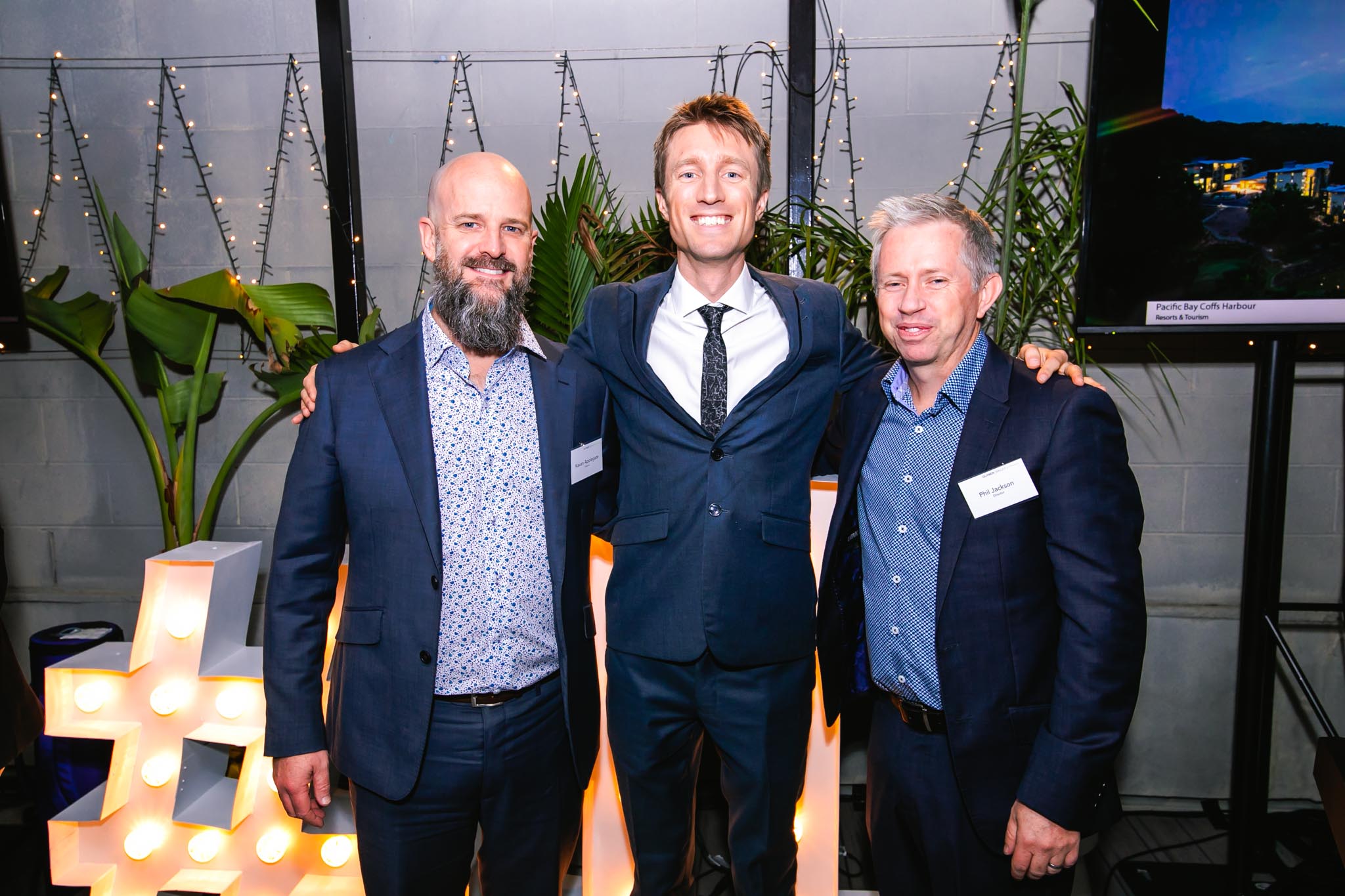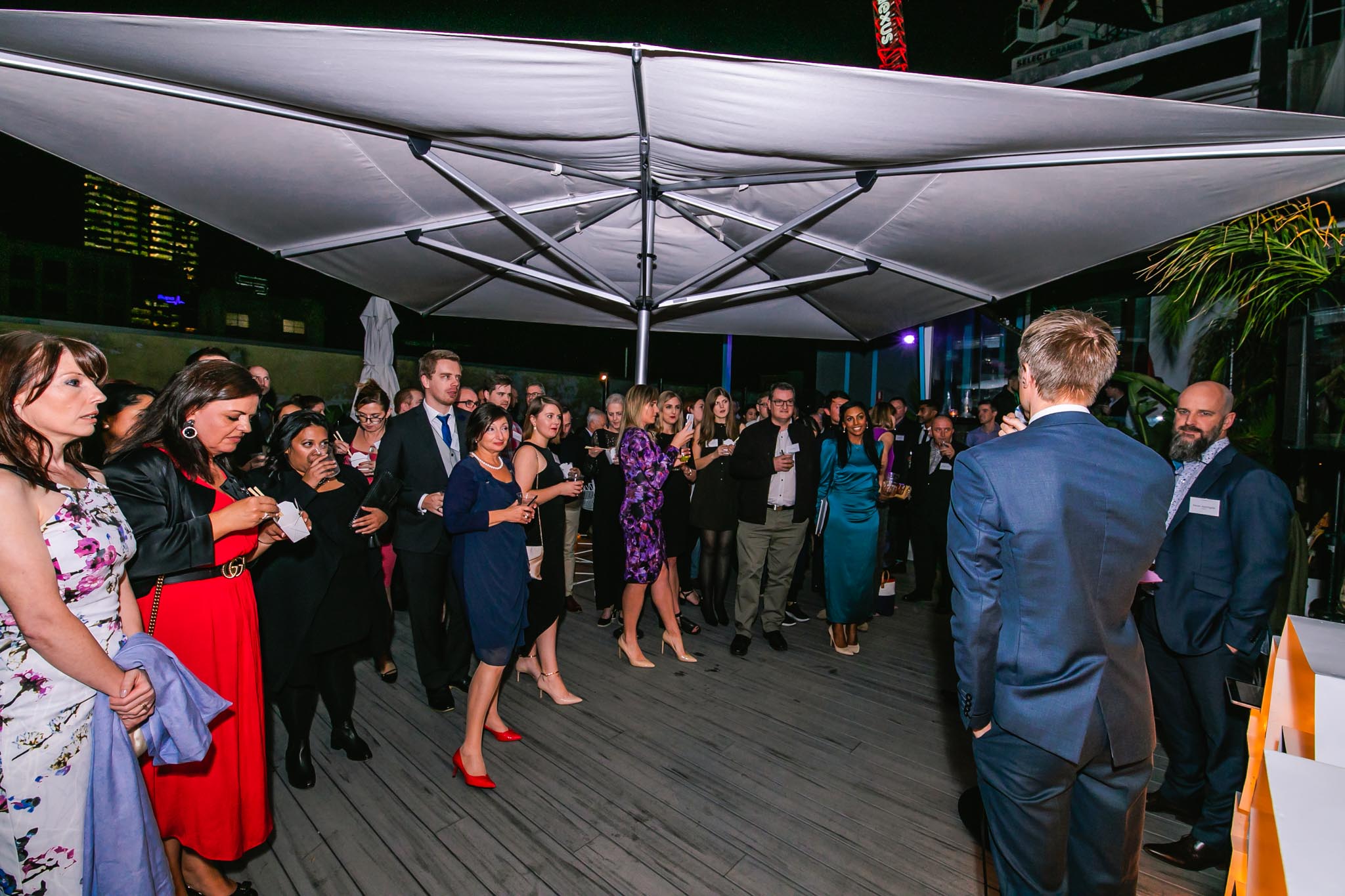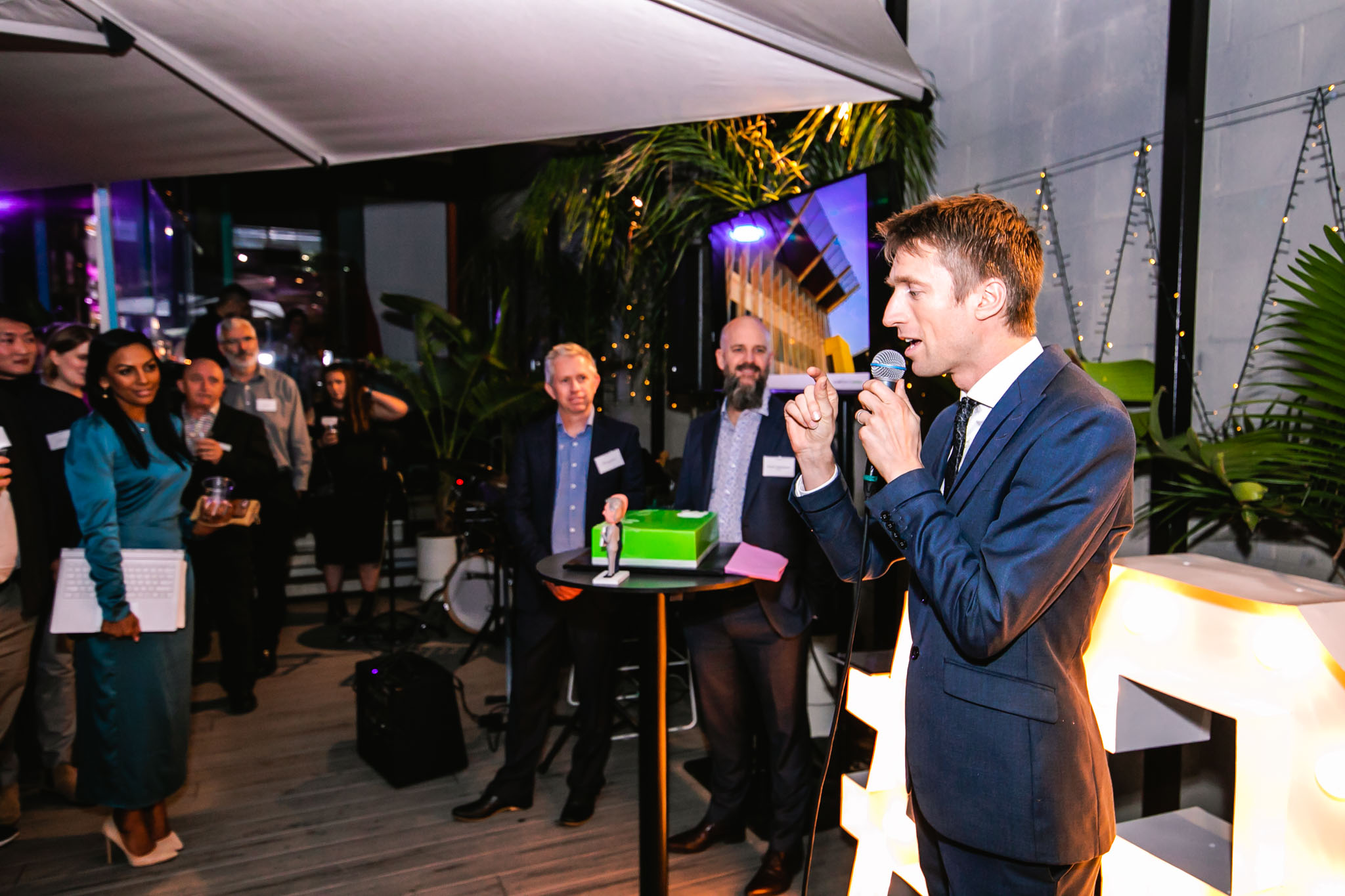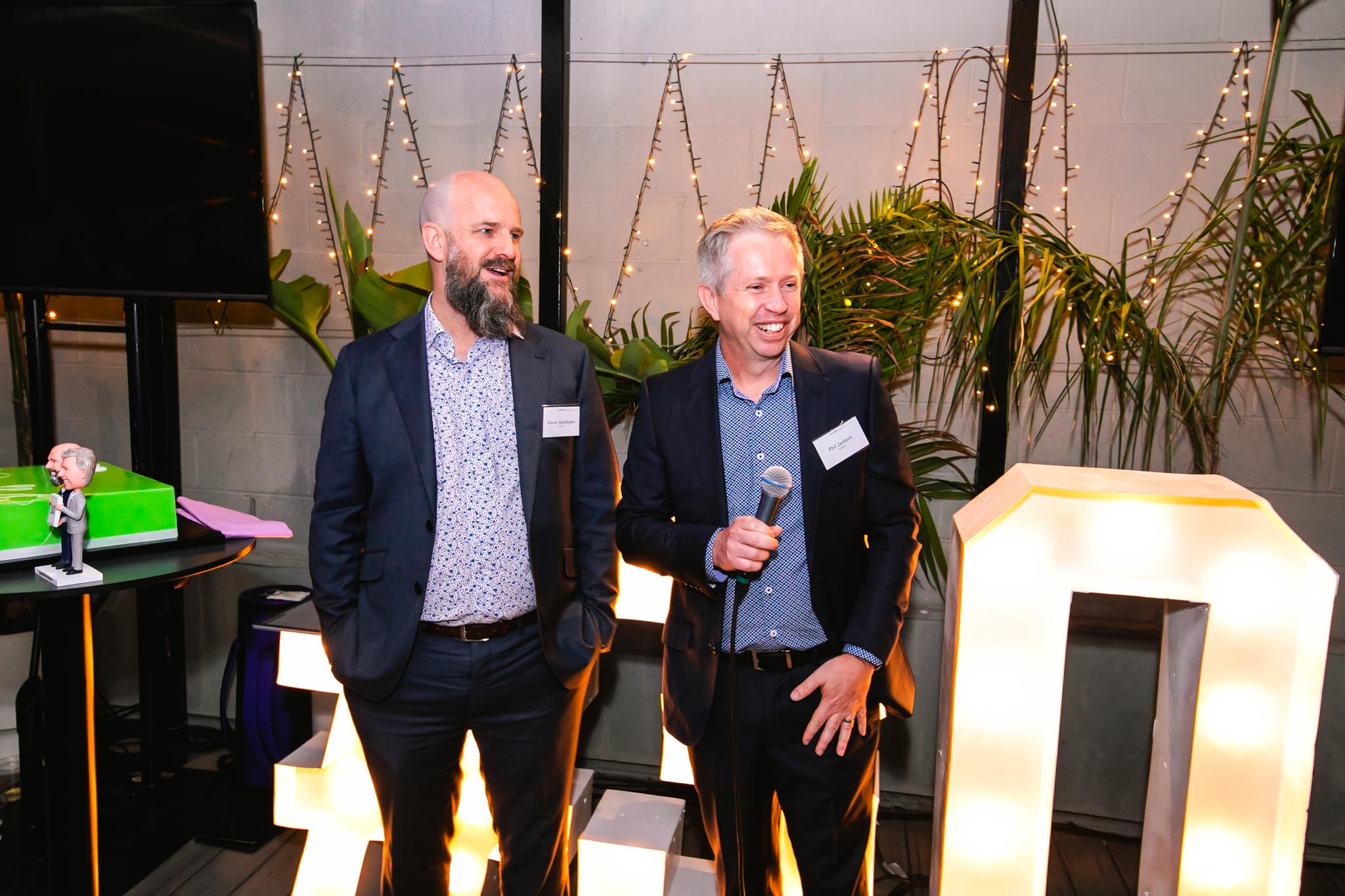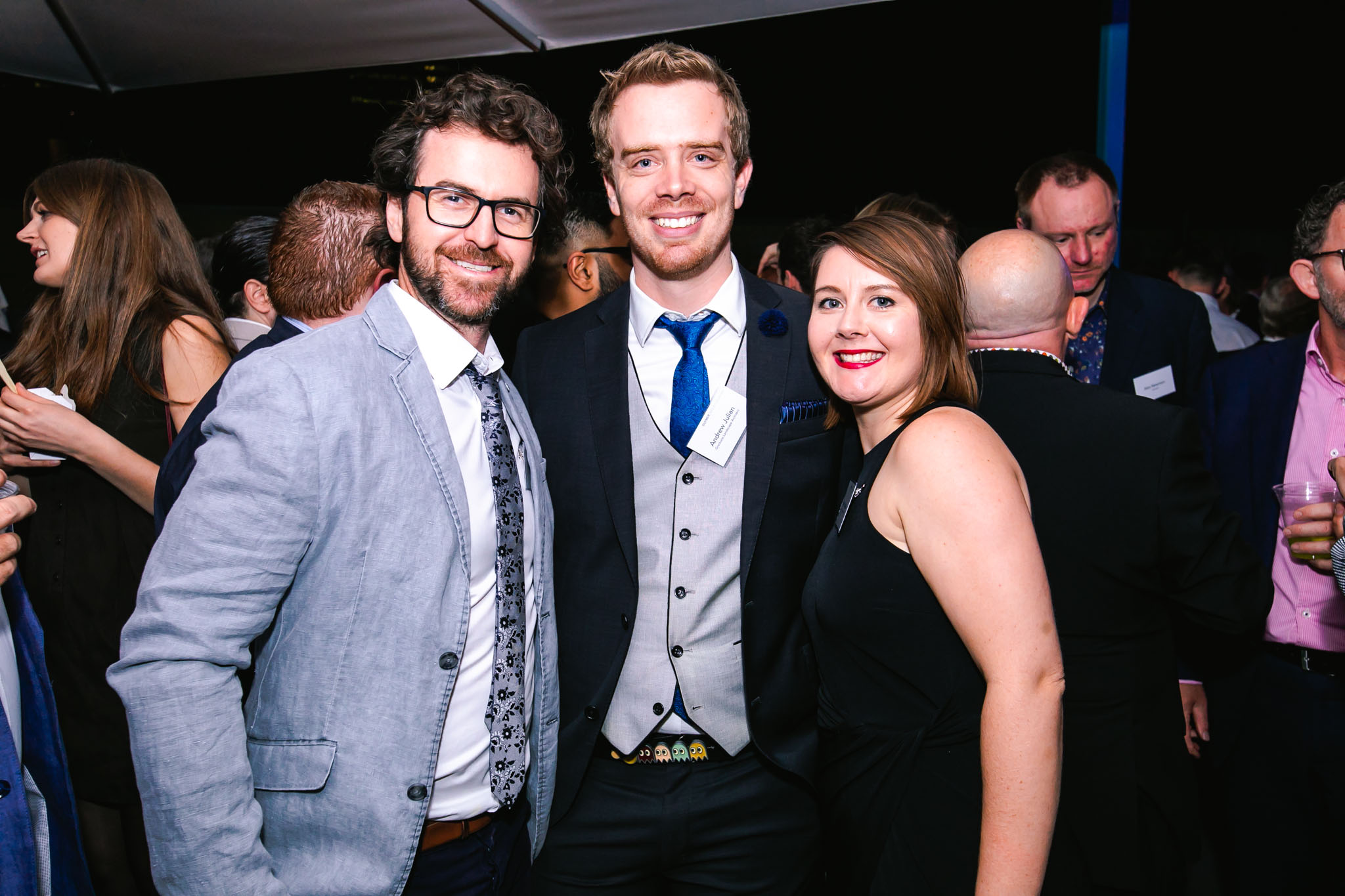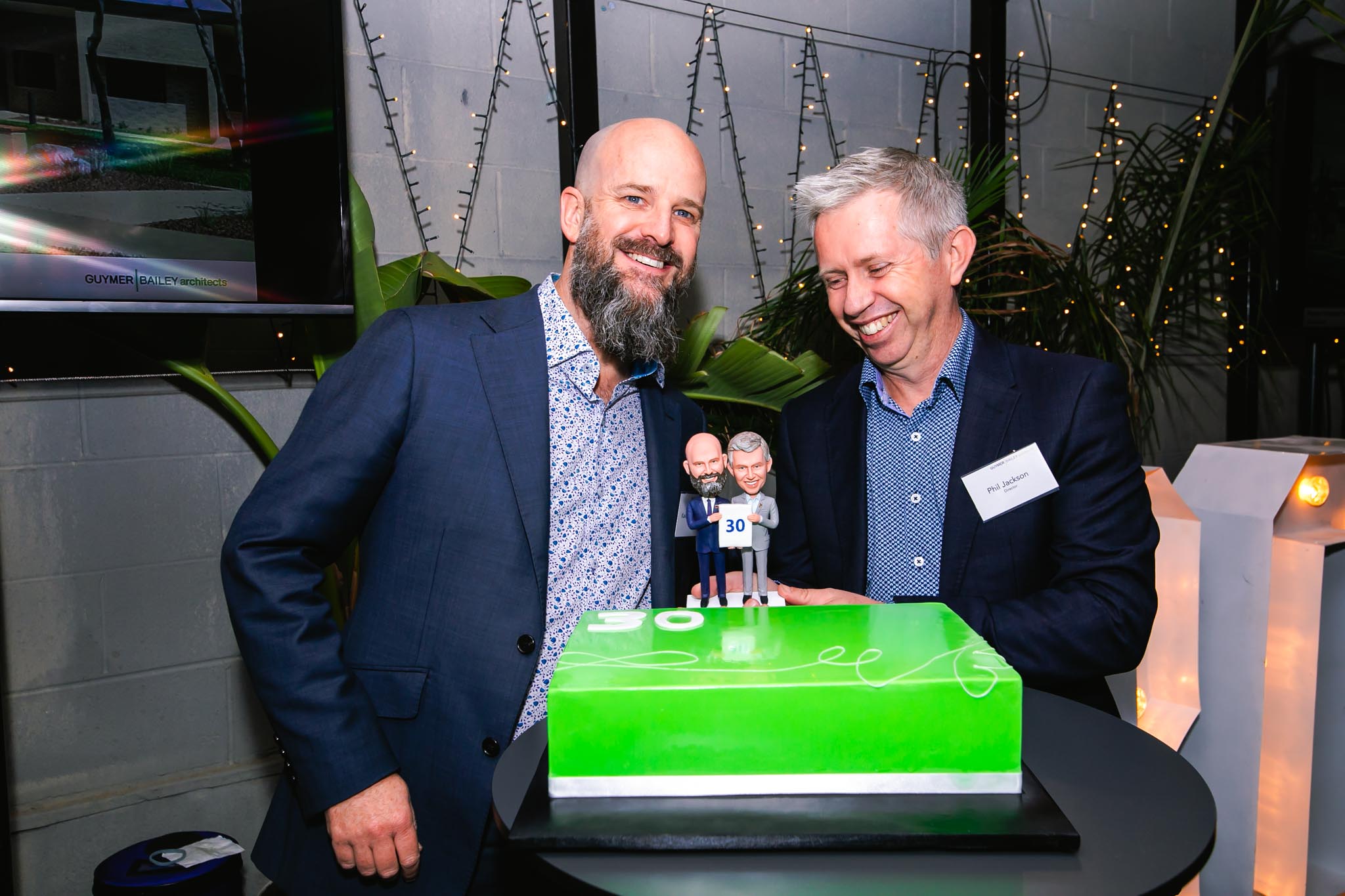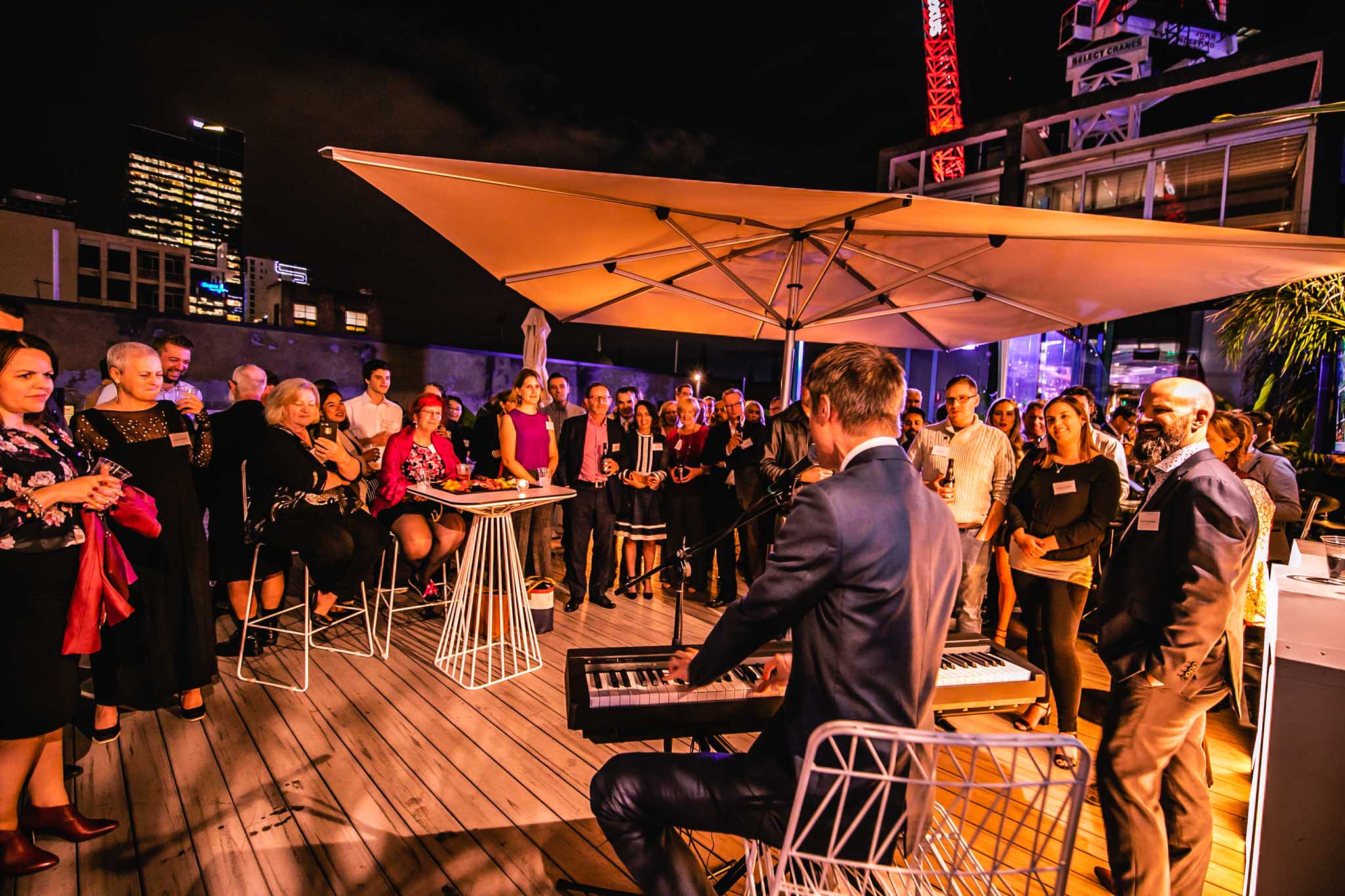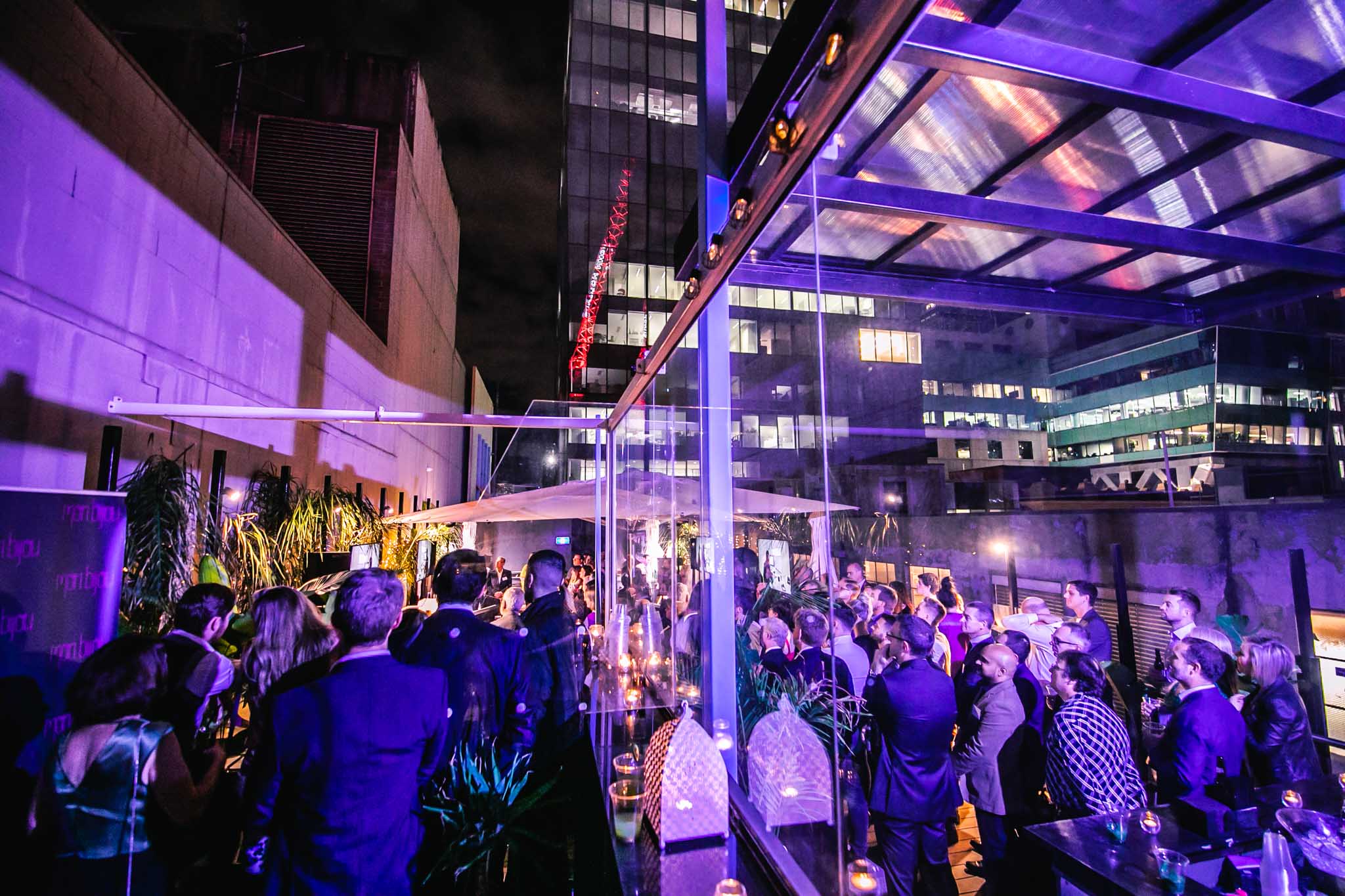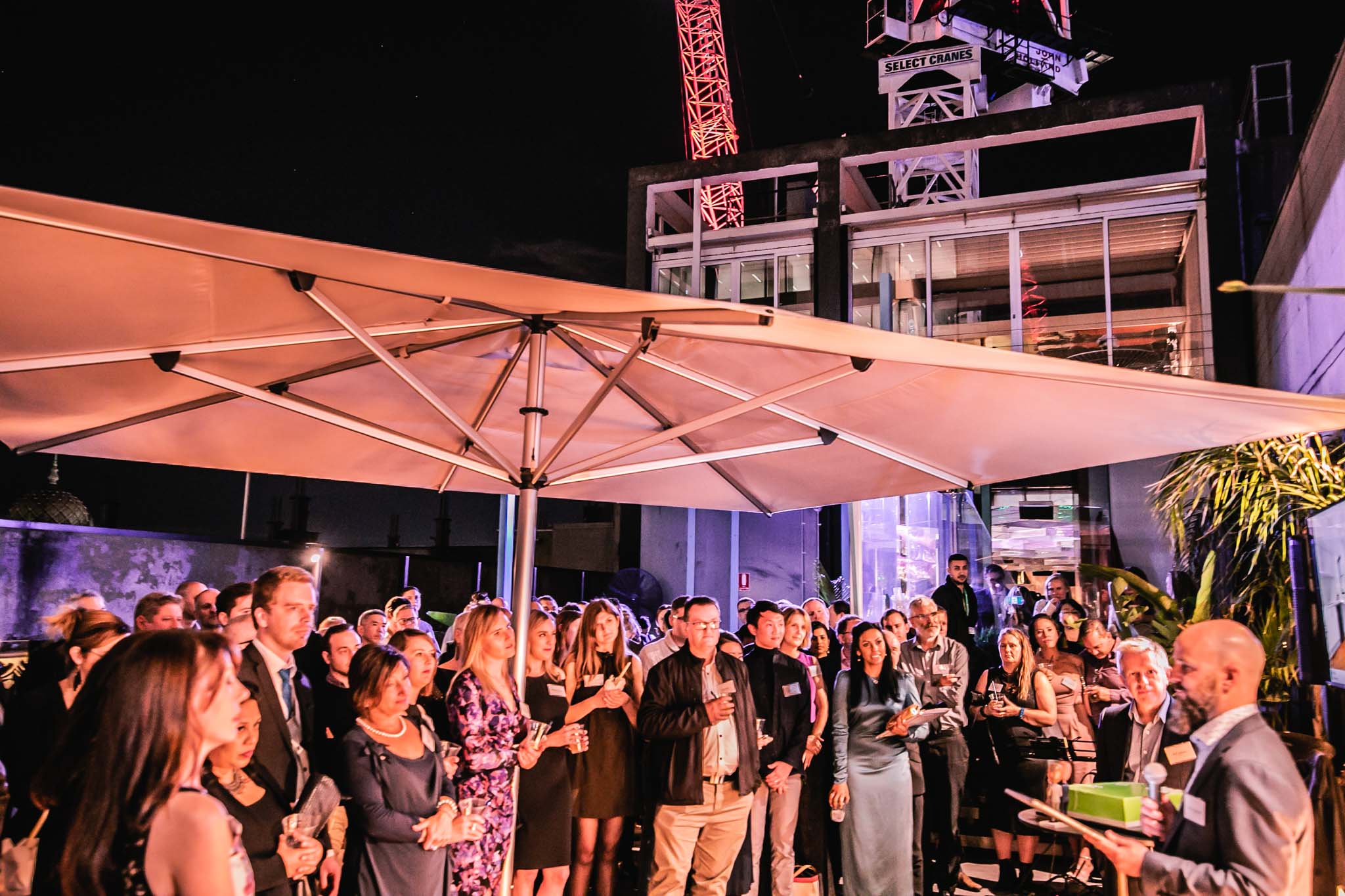This year we say goodbye to our remaining founder, Ralph Bailey, as he heads into retirement. As an AIA Life Fellow, Ralph has had an impressive career spanning five decades and has built a reputation for designing award-winning architecture and landscaping in the community, education, corrections, justice and resorts sectors.
To honour Ralph, and celebrate his time here at Guymer Bailey, we sat down with Principal Landscape Architect, Rob Waddell, who has had the privilege of being mentored by Ralph over the last two decades. We hope you enjoy, as we have, getting a small glimpse into the impact Ralph has had, and the legacy he leaves behind.
How long have you known Ralph?
I’ve known Ralph since I was six years old. I went to primary school with Ralph’s son Luke. He also gave me my first Landscape Architecture job back in 2002 when I was 19 years old and a 3rd year student.
If you had to capture Ralph in just a few words, how would you describe him?
A passionate, dedicated and talented architect, a reliable friend and mentor, and as stubborn as a mule!
What have you learned from him as a mentor?
Ralph has taught me more than anyone in terms of design and technical skills. He has also taught me to back yourself and advocate strongly for what you believe in – particularly with regards to design.
Do you have a favourite moment?
There are many. Though the best would have to be receiving the QLD Architecture Medal for the Frew Park Arena Play Structure together with Ralph. The project epitomises the true collaborative working relationship we’ve had for many years. That and the lovely speech he gave at our wedding.
On the lighter side, Ralph has been a pretty good sport when the subject of practical jokes, some of which were instigated by me. Years ago, I doctored a fake letter from a Queensland Police client saying Guymer Bailey had been terminated from a project due to Ralph’s unpaid traffic offences. We had to tell him it was a joke to stop him from ringing the client. He was pretty annoyed initially, but months later he eventually saw the funny side.
Another memorable moment was at the Anderson Street Office. Ralph is a notorious hoarder and his old workspace used to resemble a human sized bird’s nest. One time his desk collapsed under the weight and all the paper flew out across the mezzanine and showered down on everyone working on the lower level.
Lastly, there was the time he accidently heated his meat pie in the microwave for 20 minutes instead of two minutes on the weekend. He smoked out the office and the meat pie had completely petrified to the microwave plate. Ralph was so amazed that he kept it to show everyone the next Monday.
What is the best advice Ralph has given you?
Earning the trust of the client is of the utmost importance and this means approaching each project with conviction and fighting for what you believe in.
What will you miss most with him retiring?
His presence. There is always a comfort knowing that he is available and nearby to provide assistance, support or advice.
What legacy do you think he leaves behind in the company and sector as a whole?
The company carries his name, which is synonymous with quality and architecture and high standards in customer service.








































